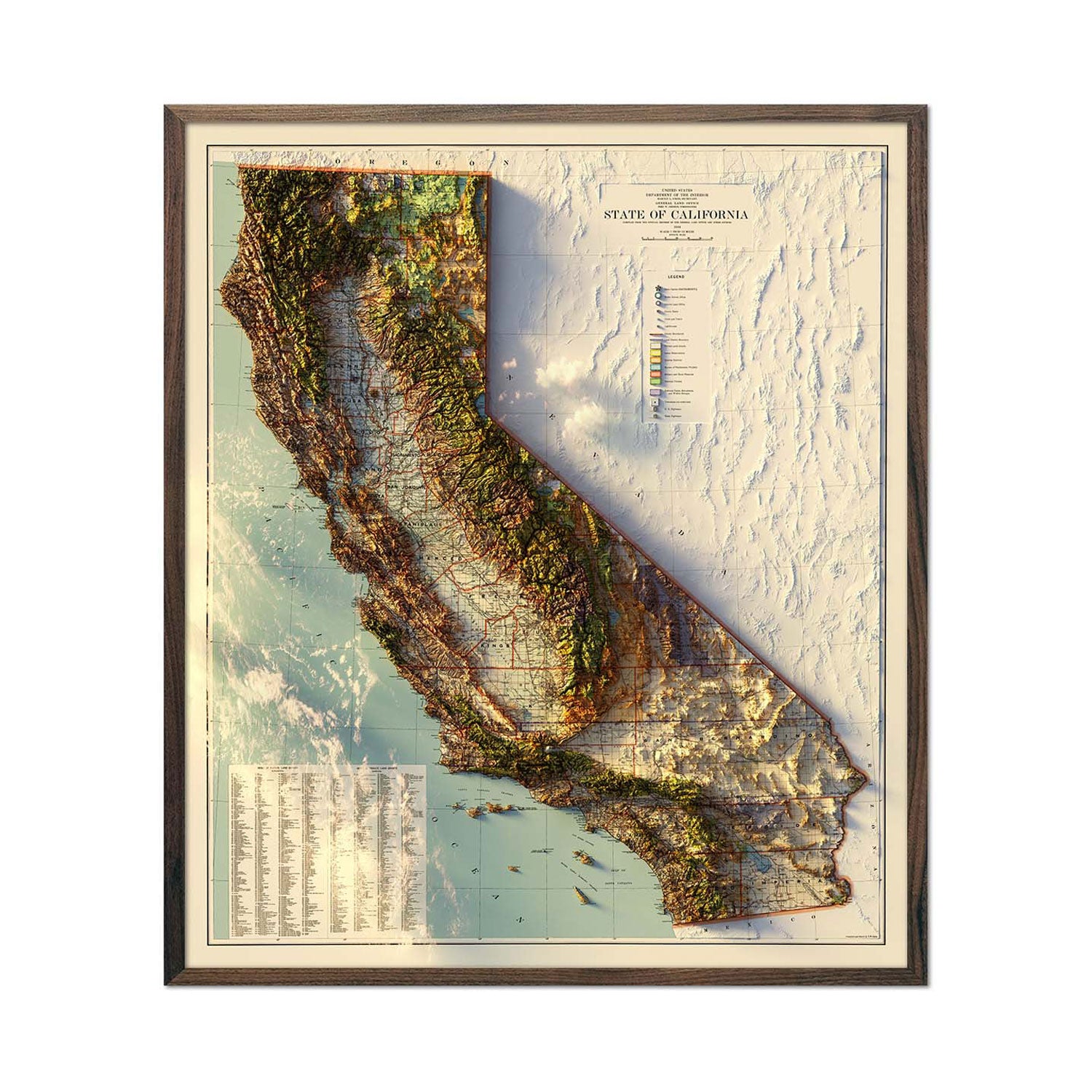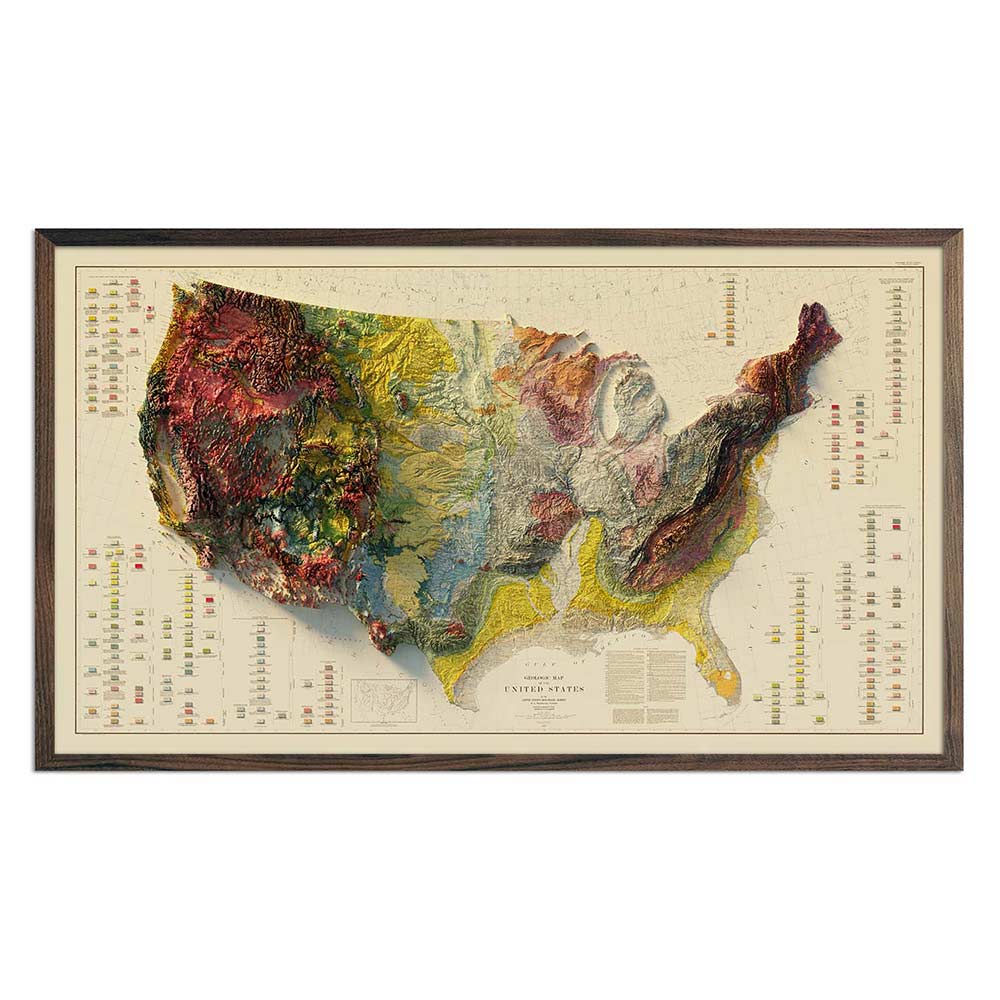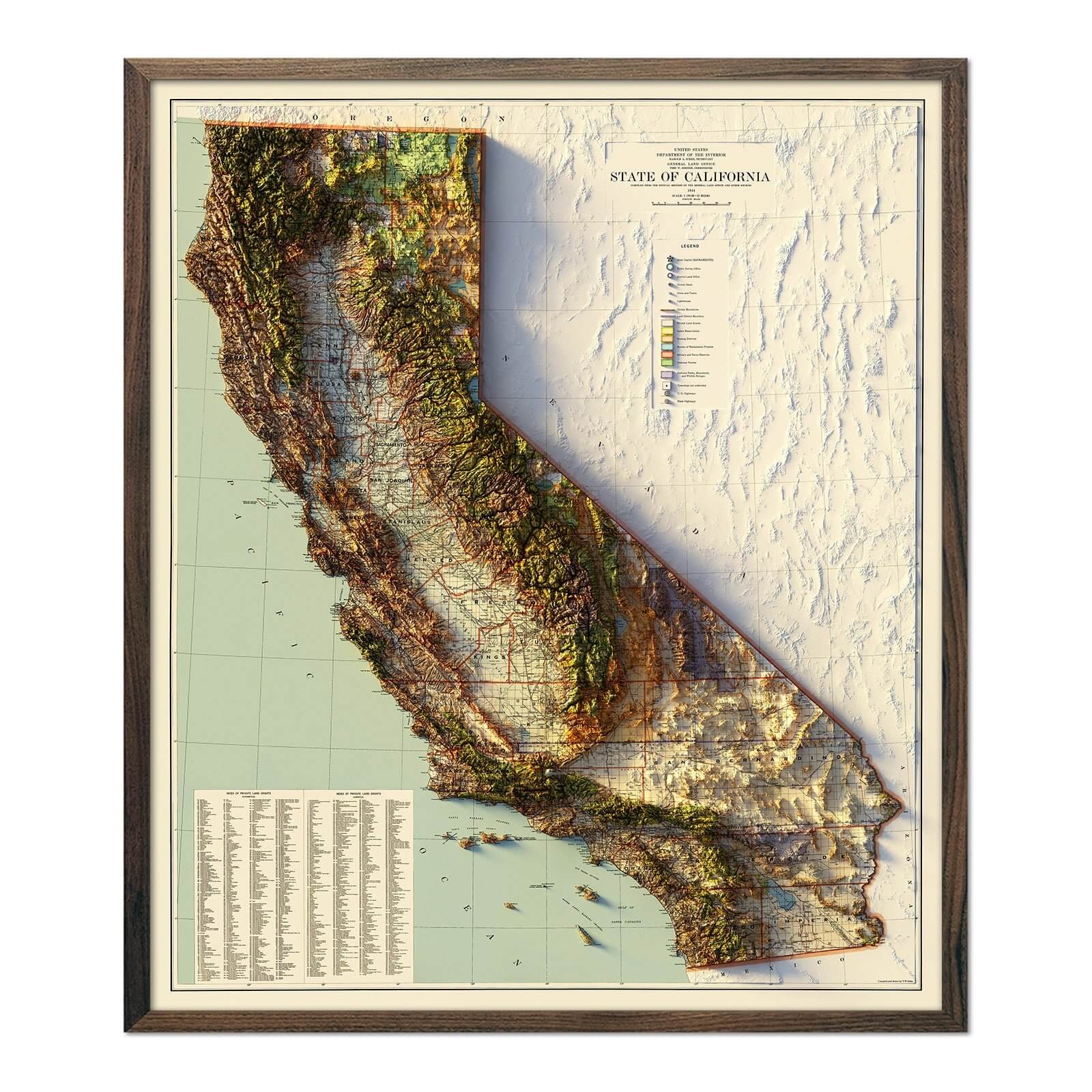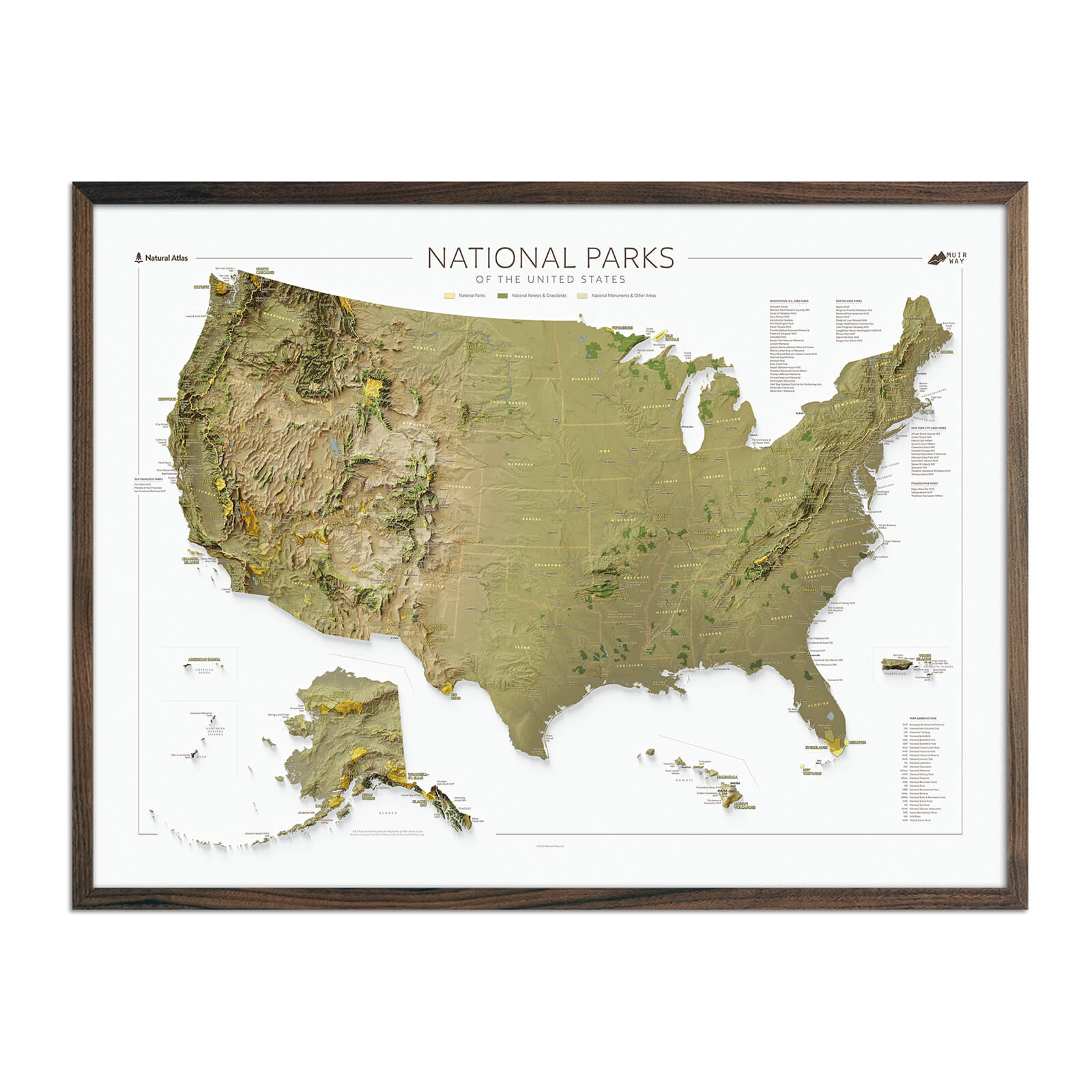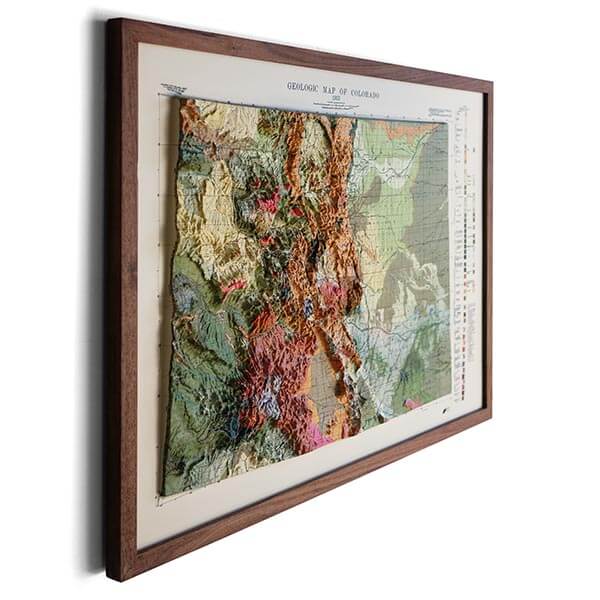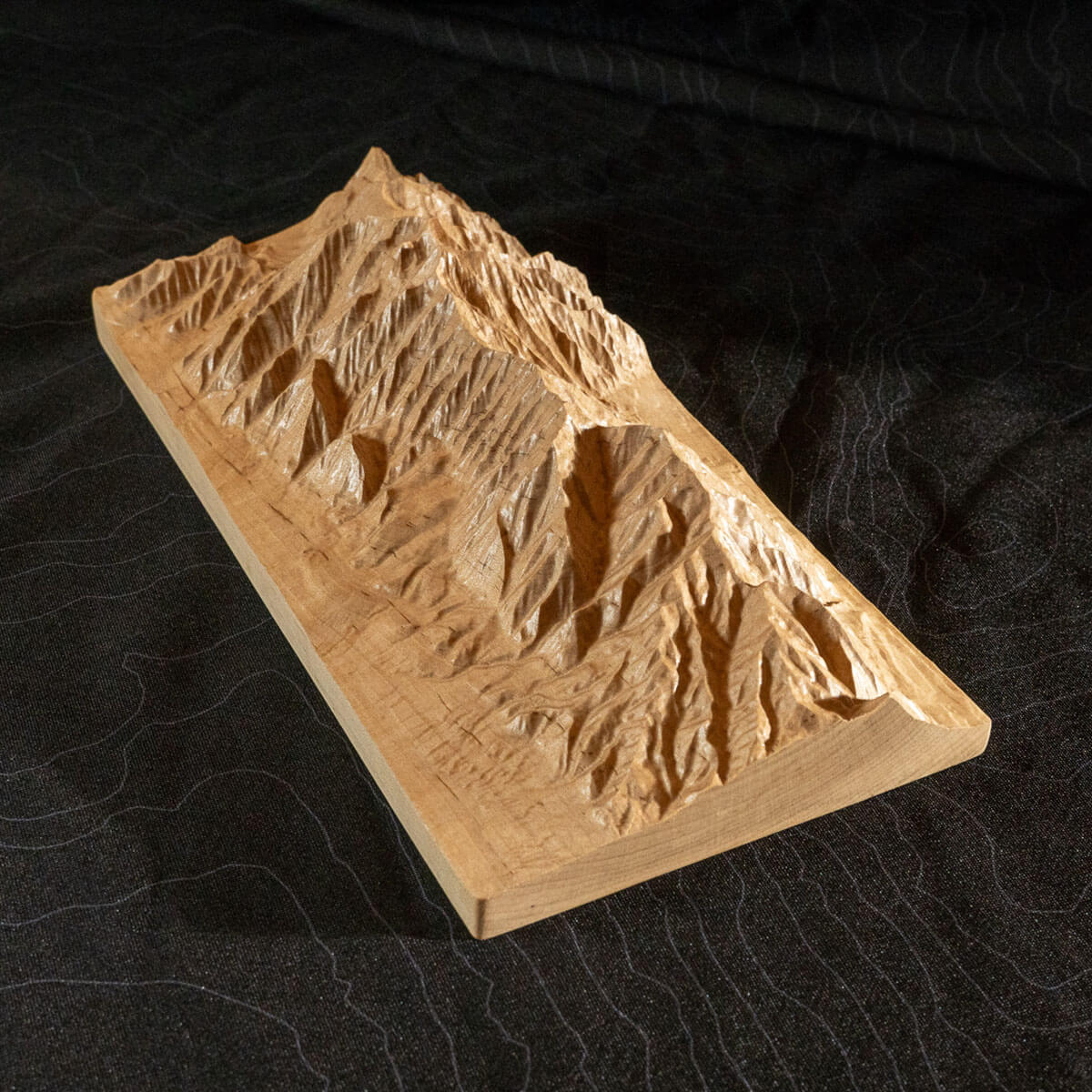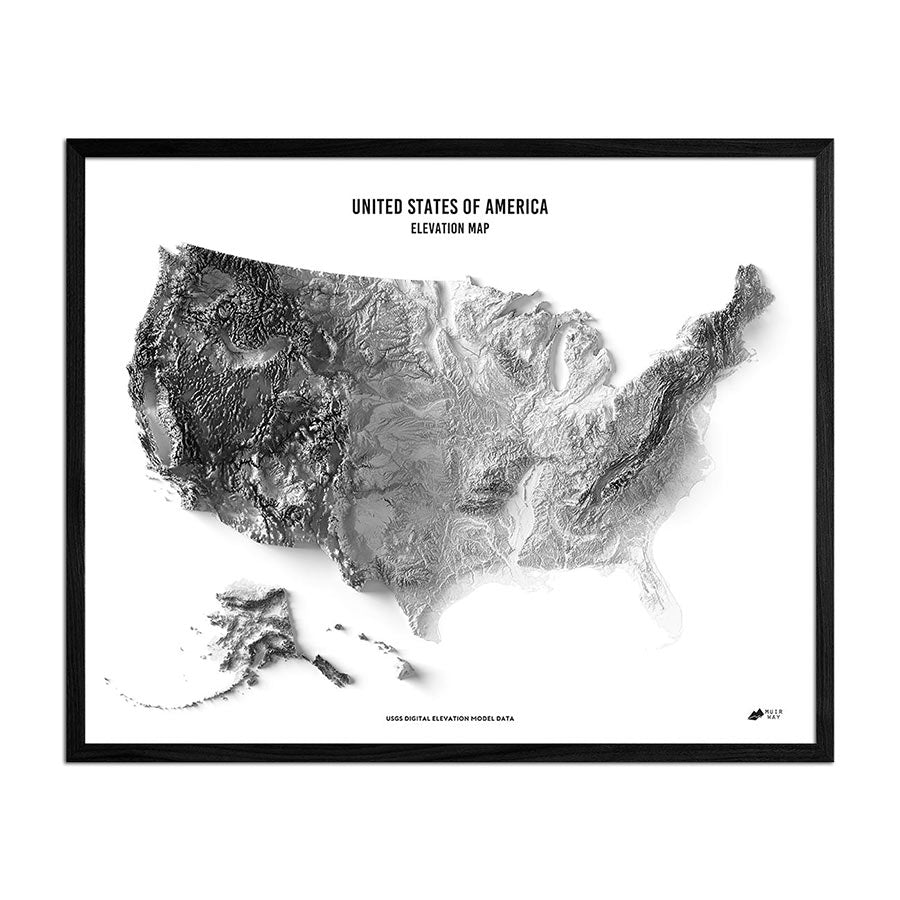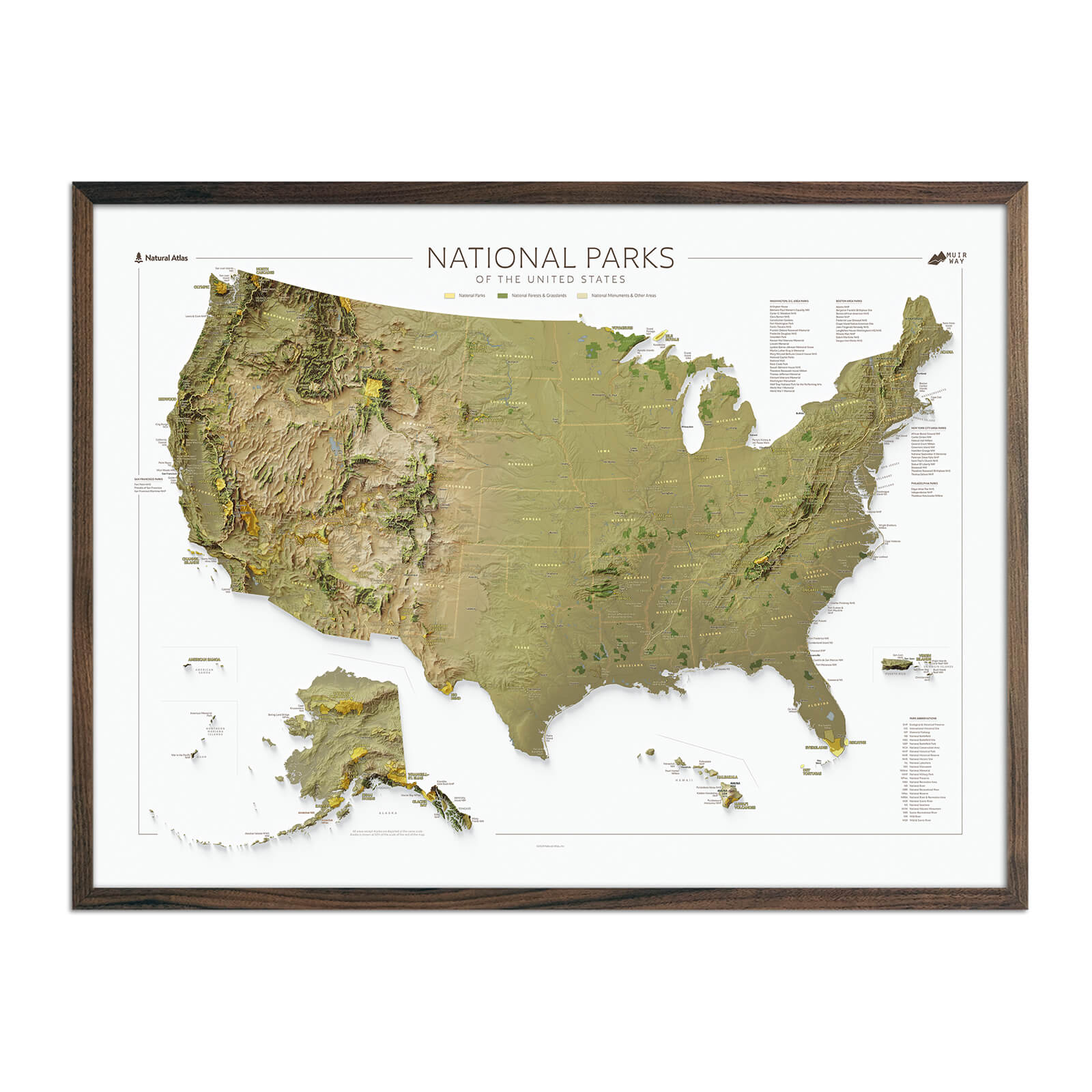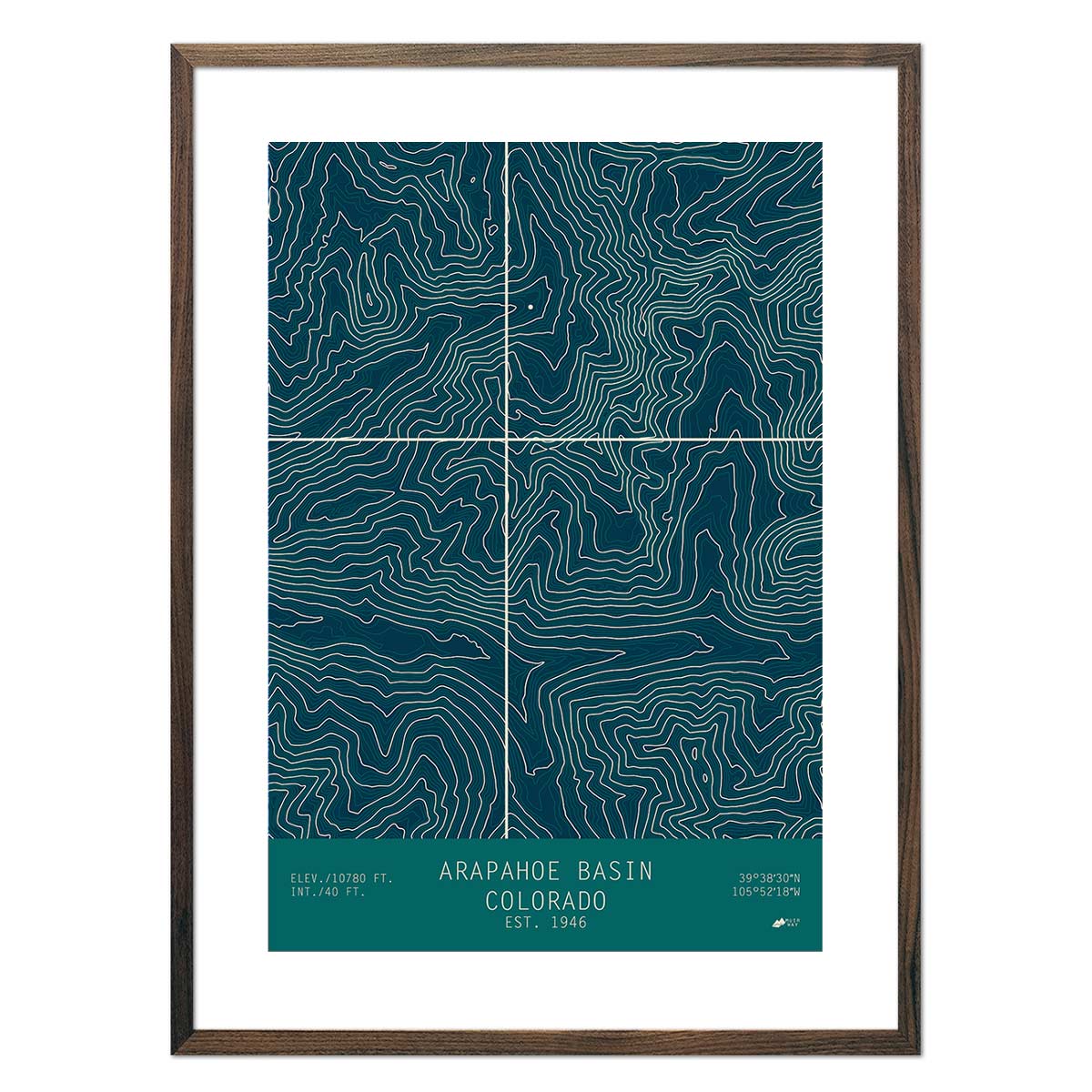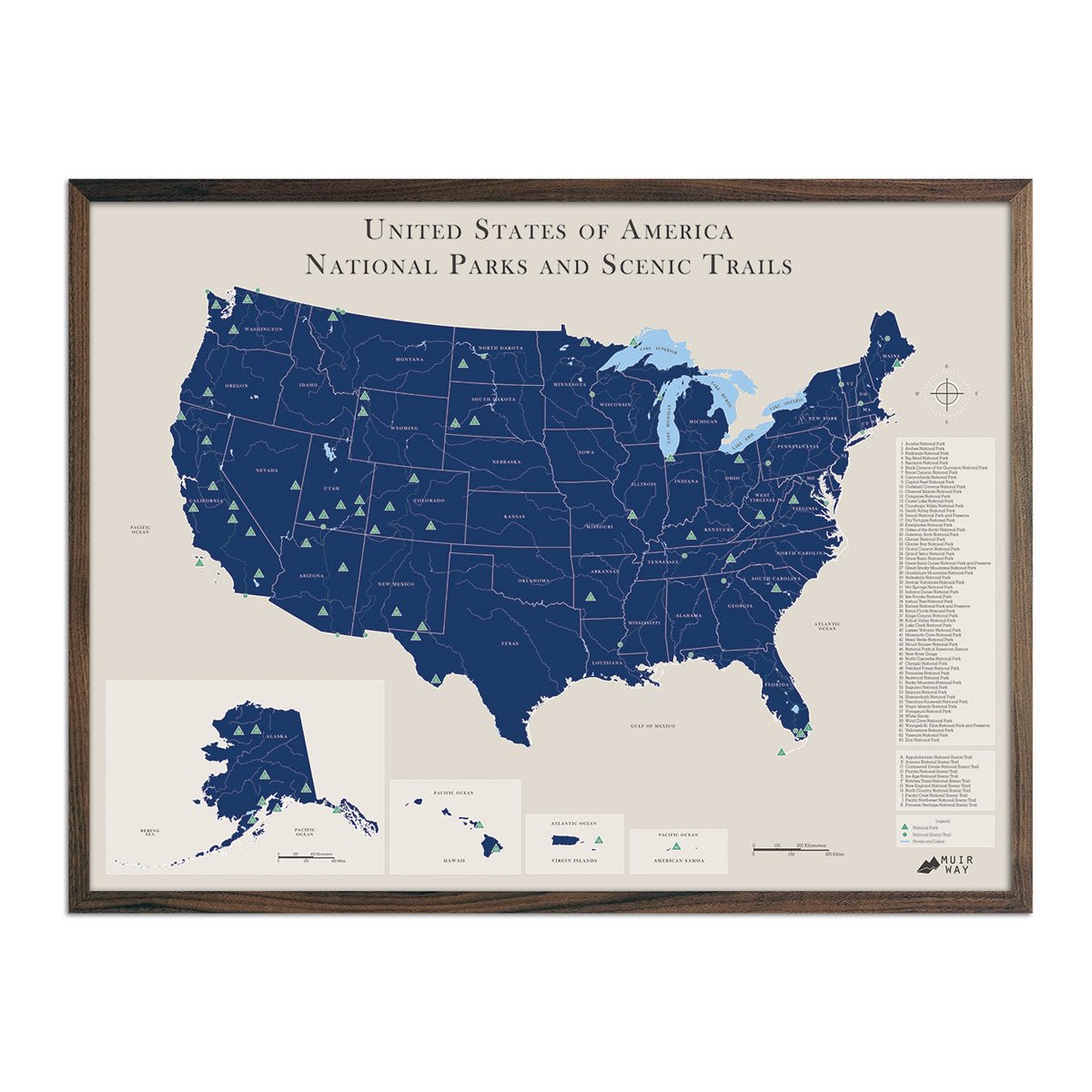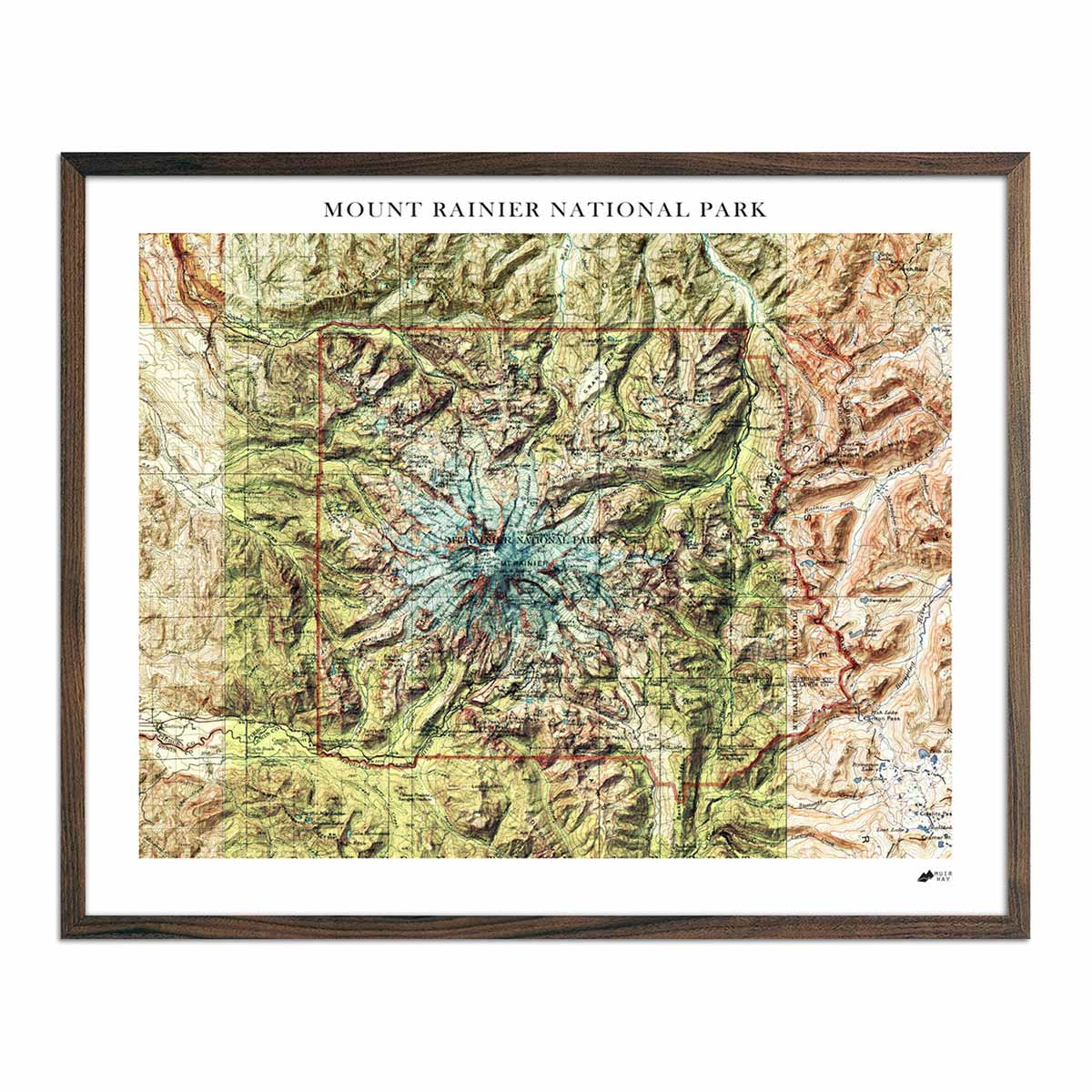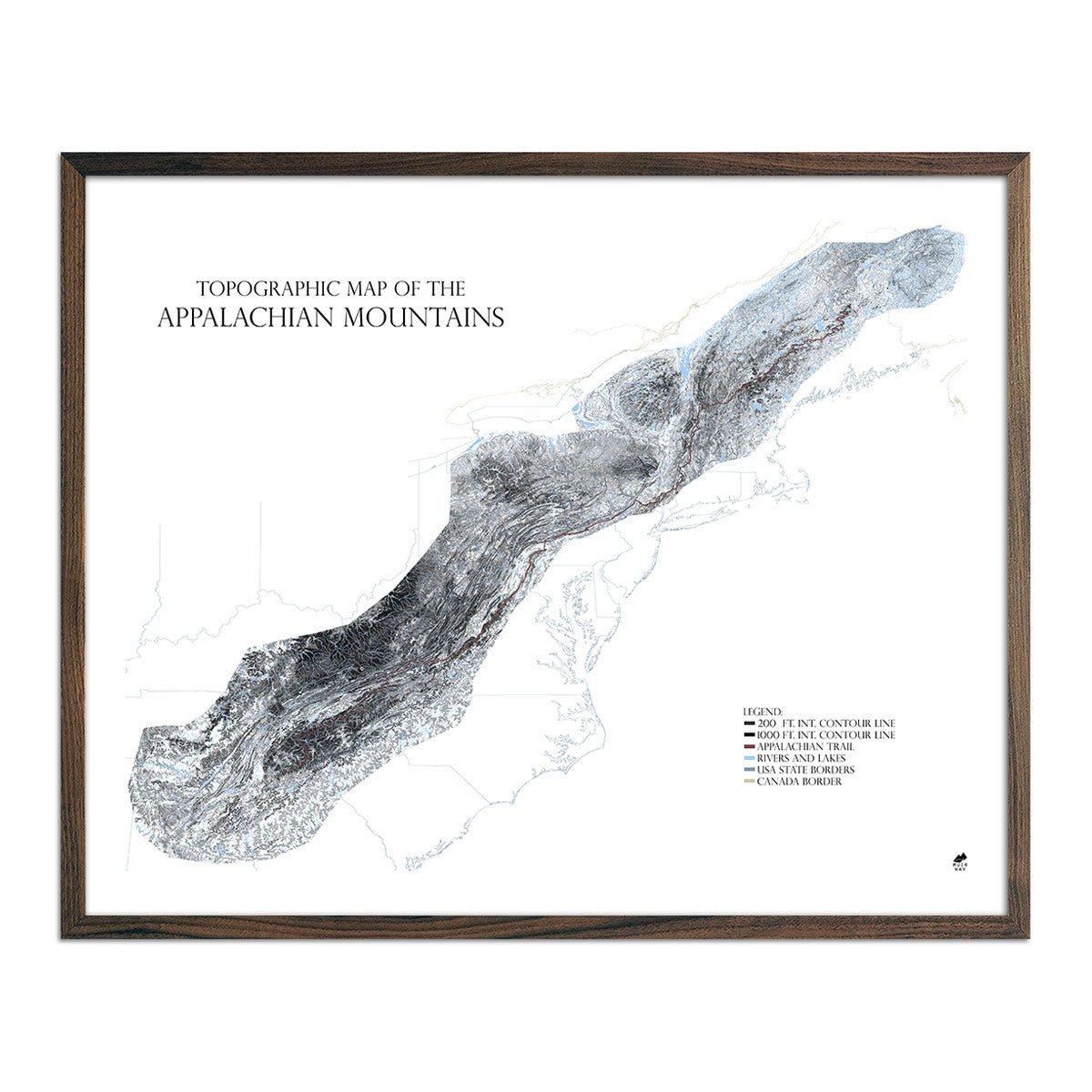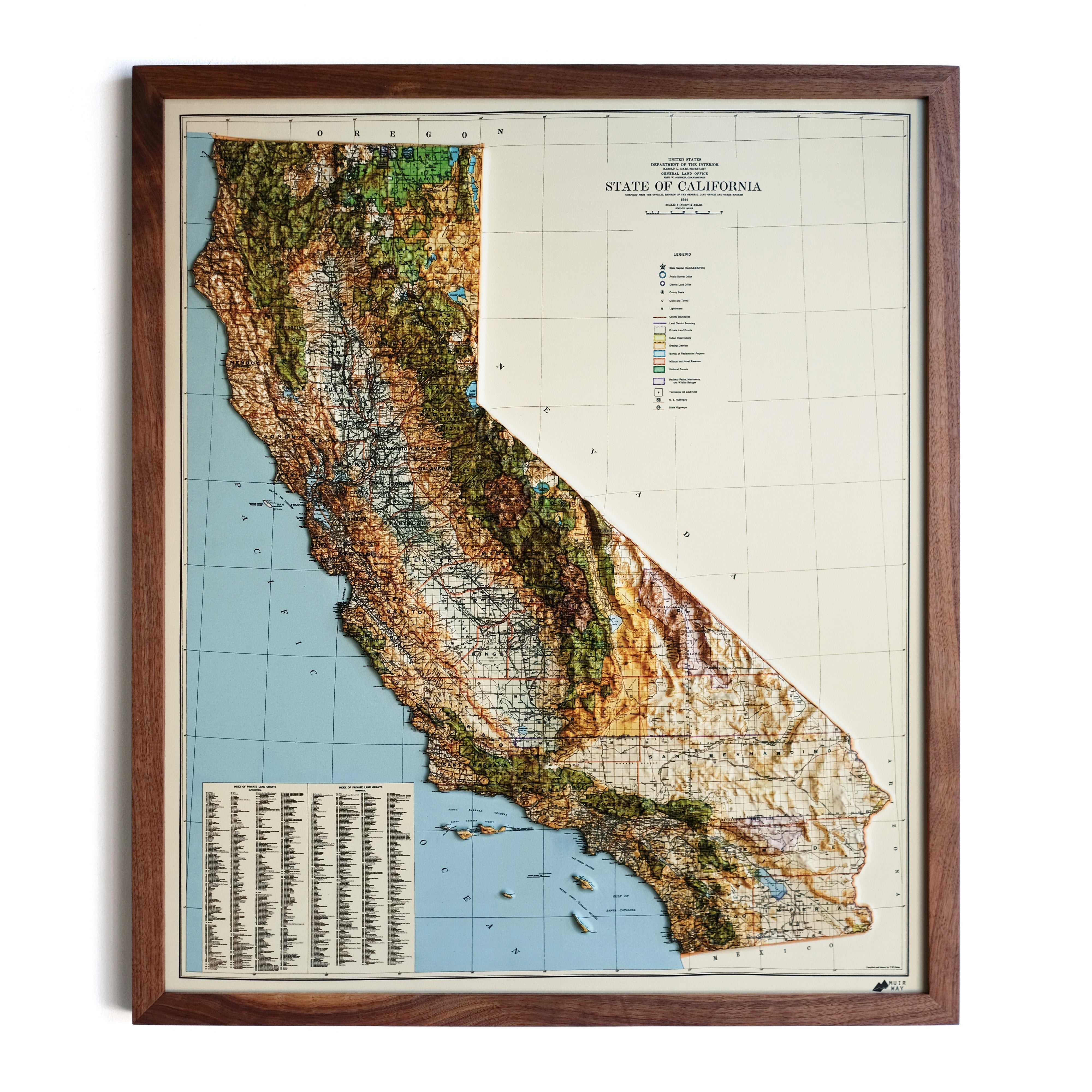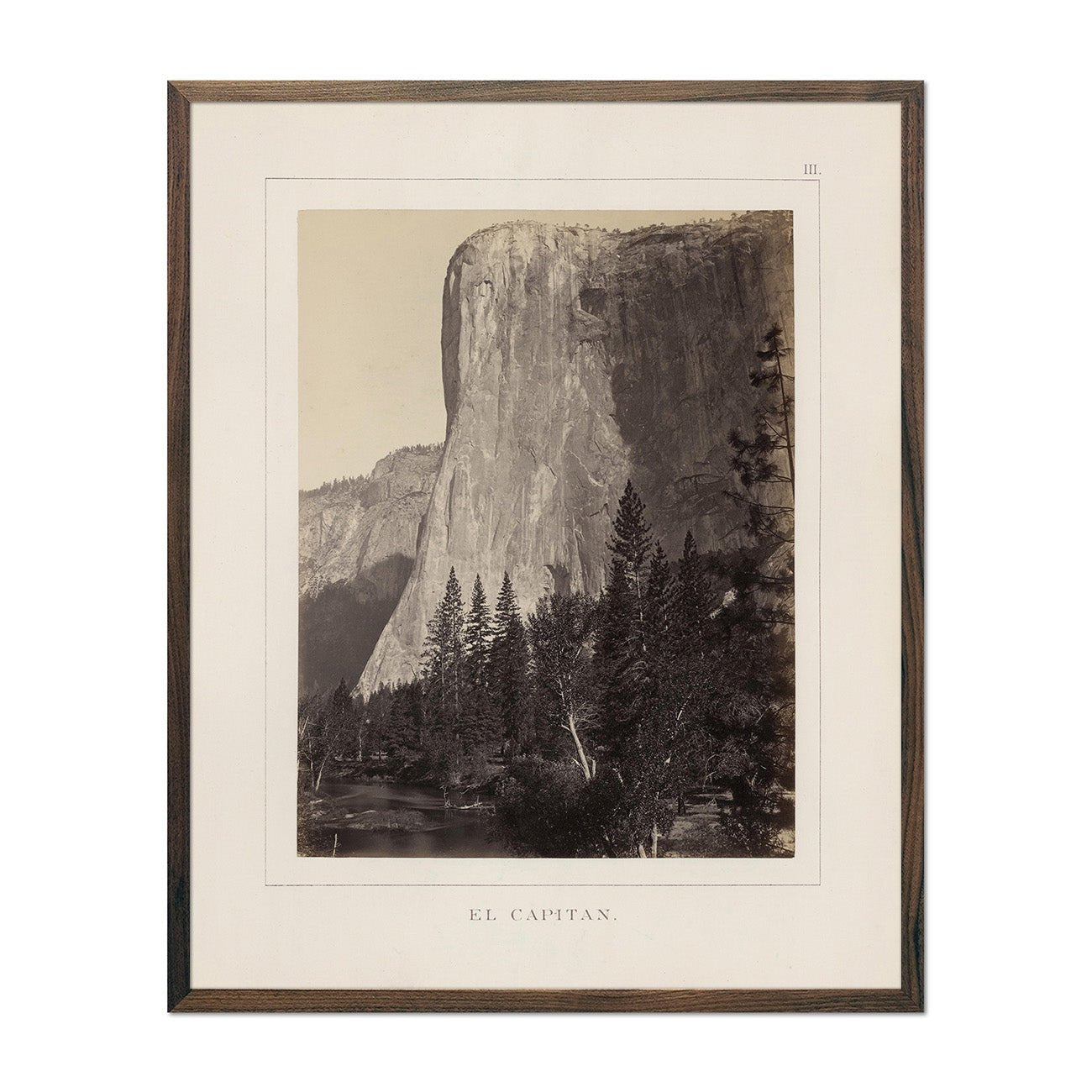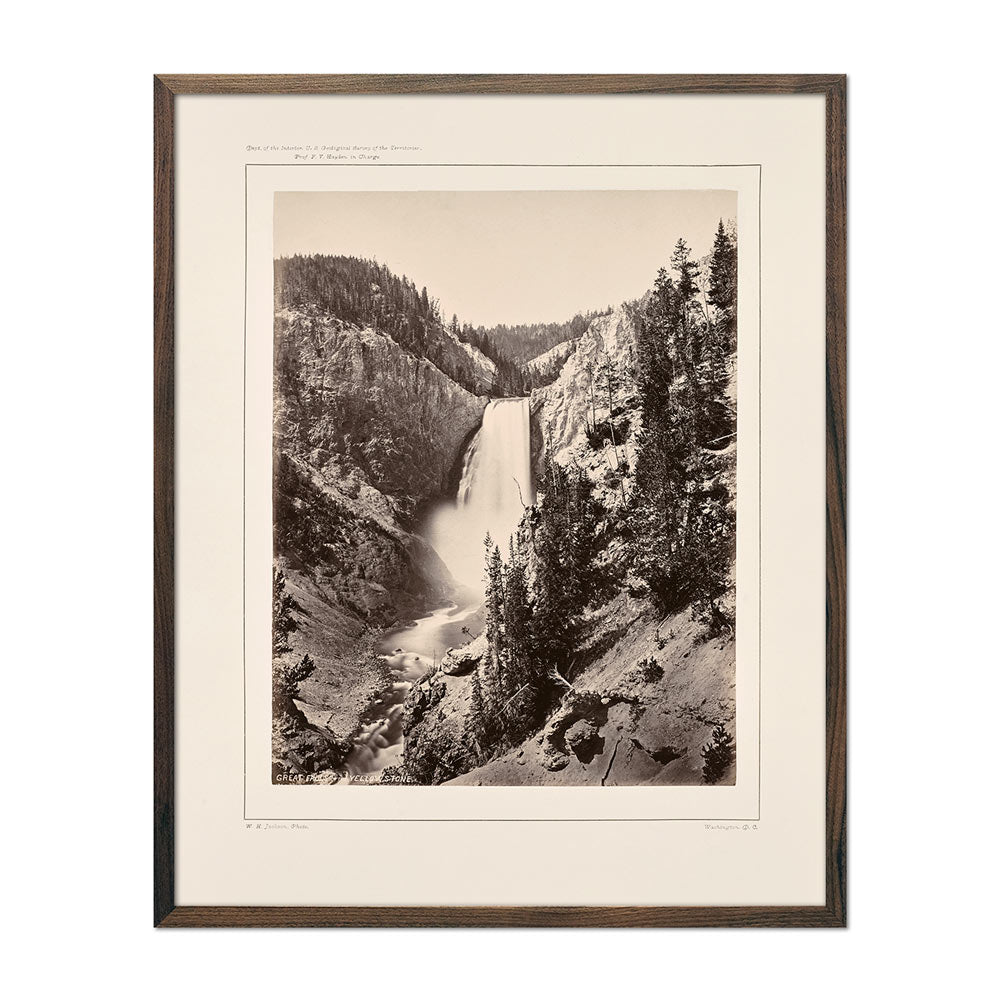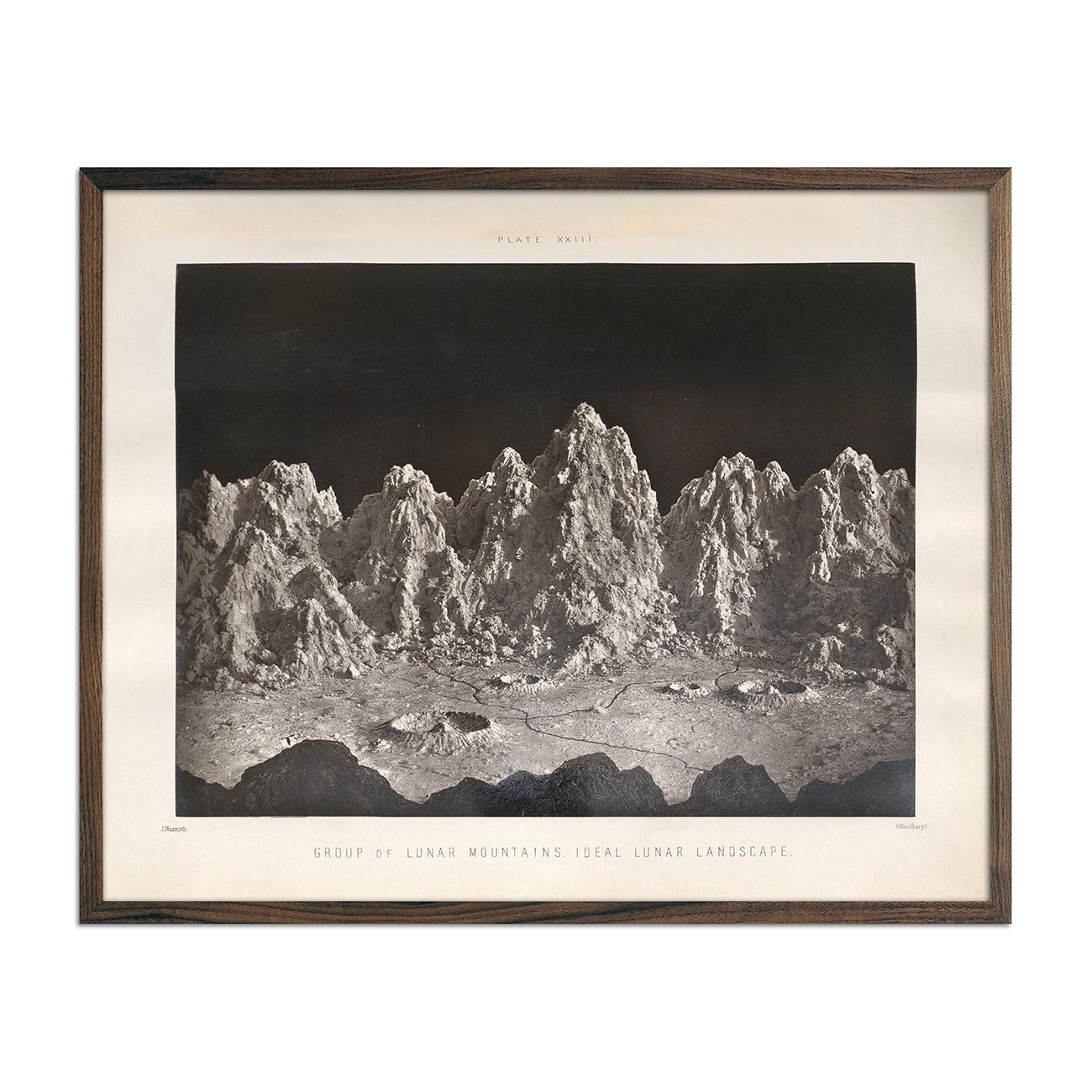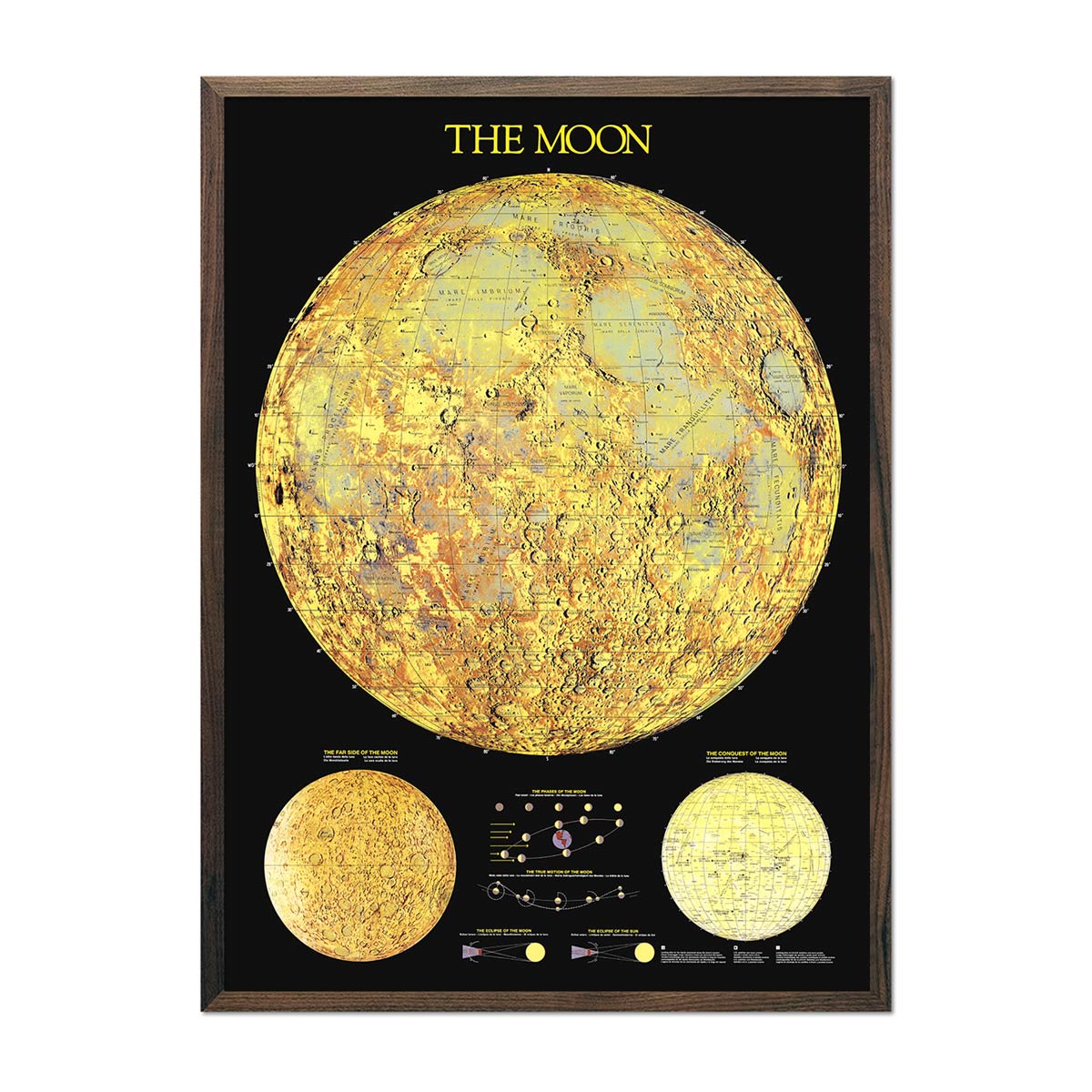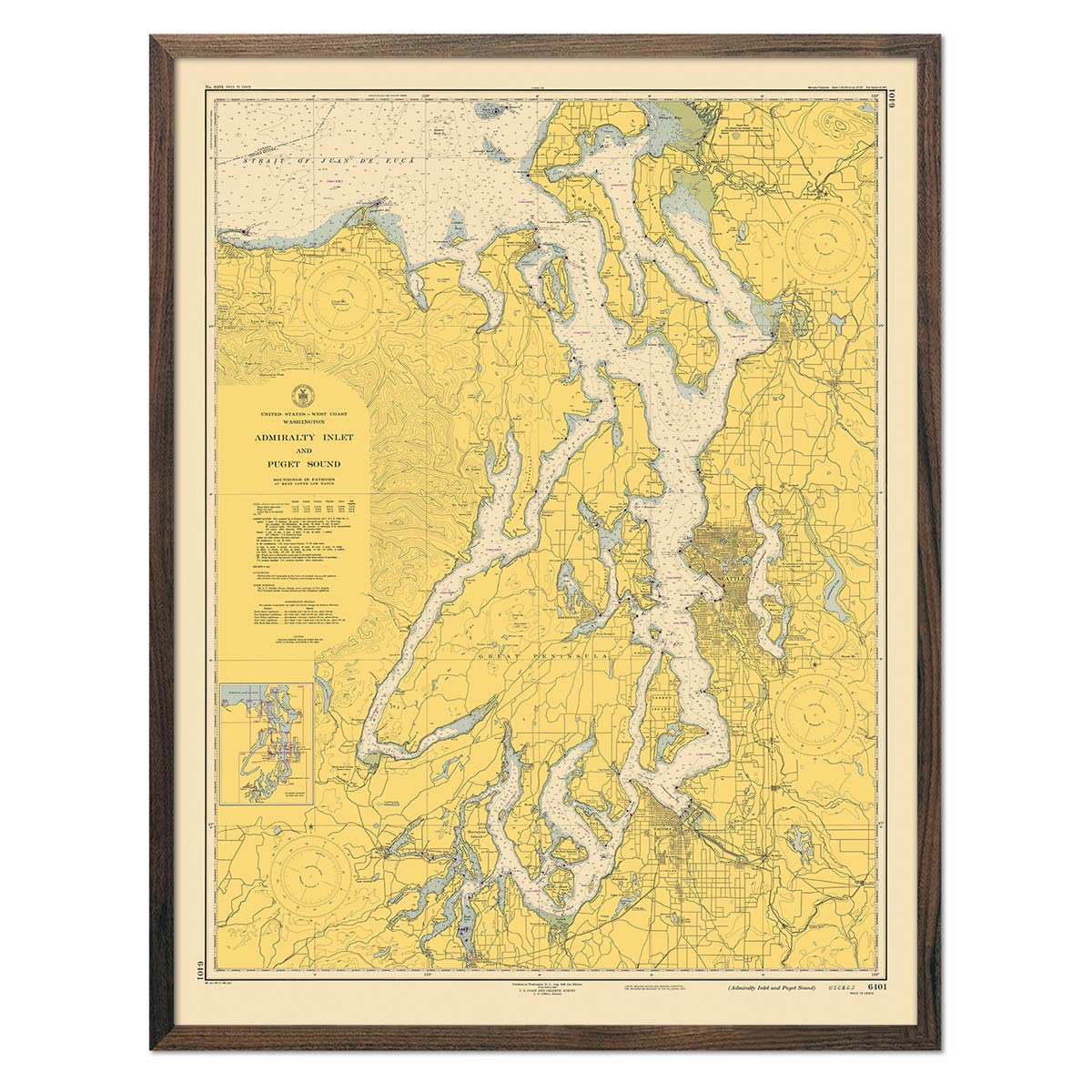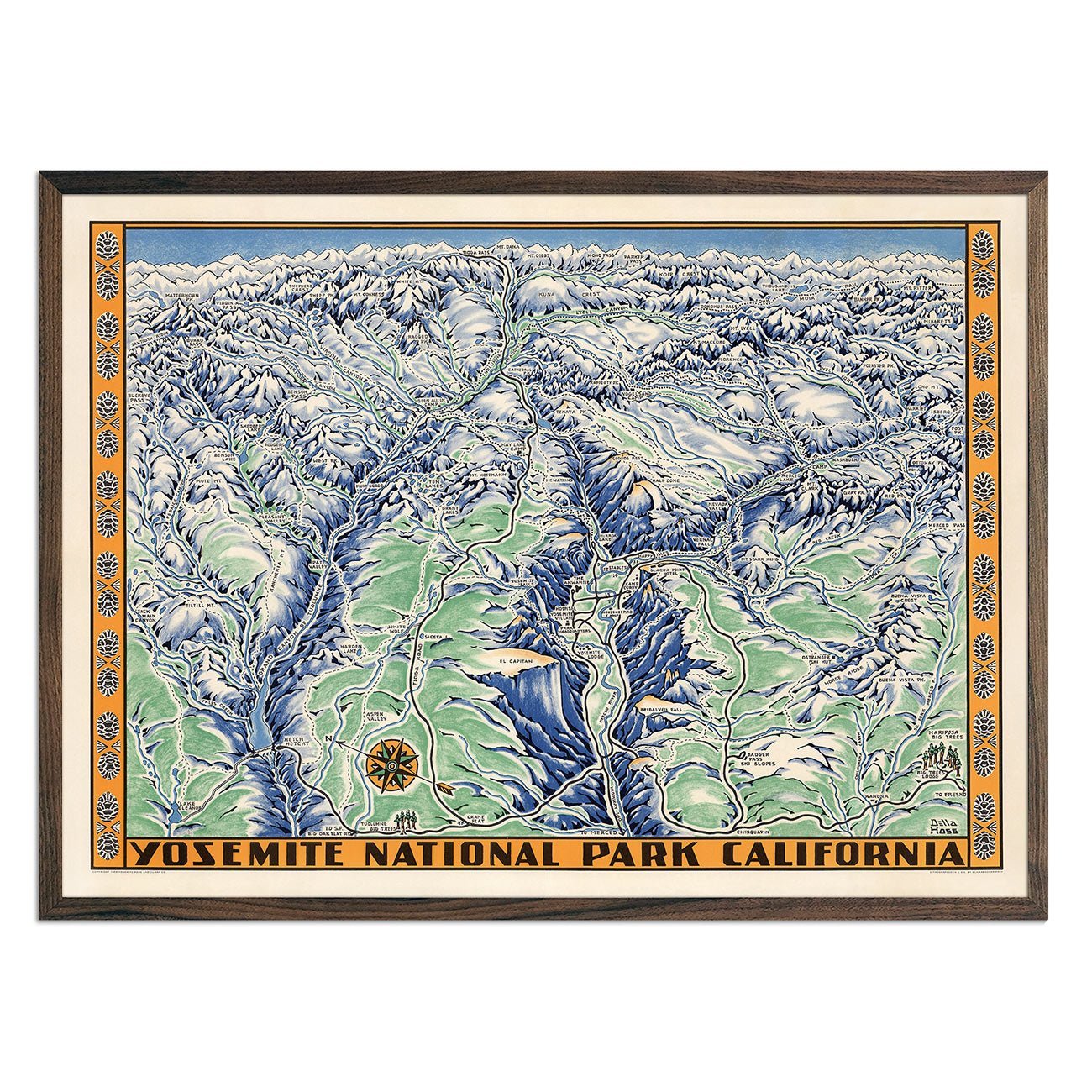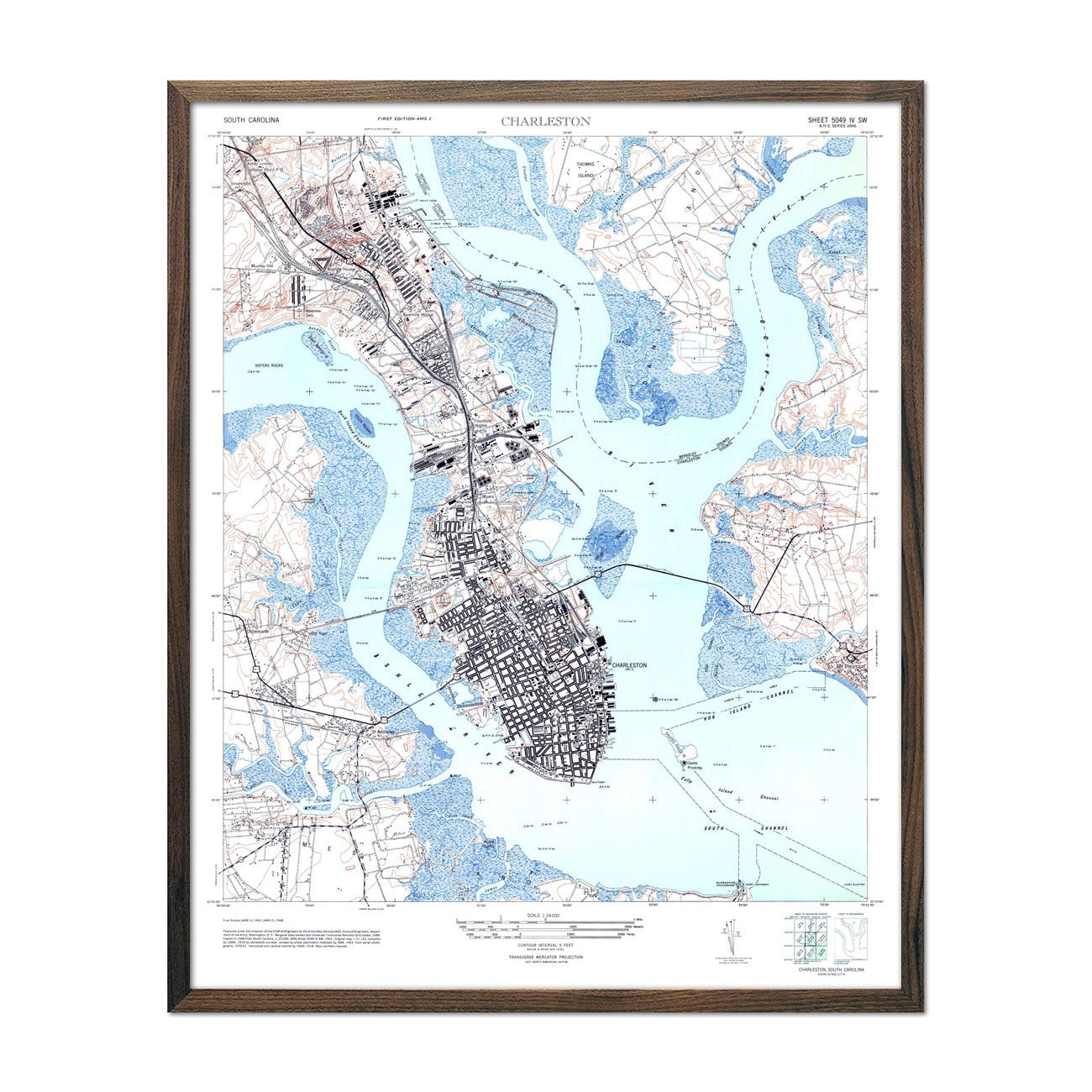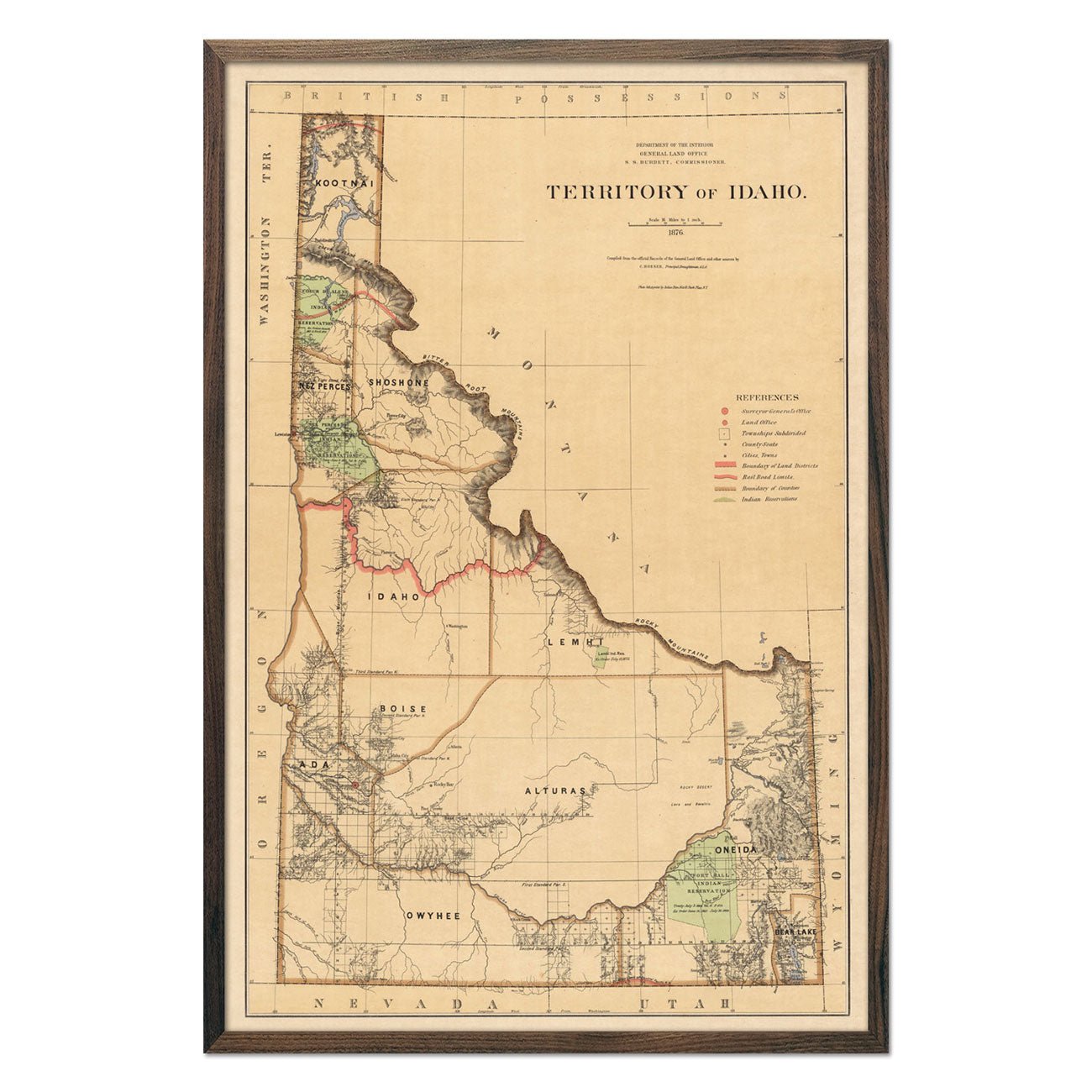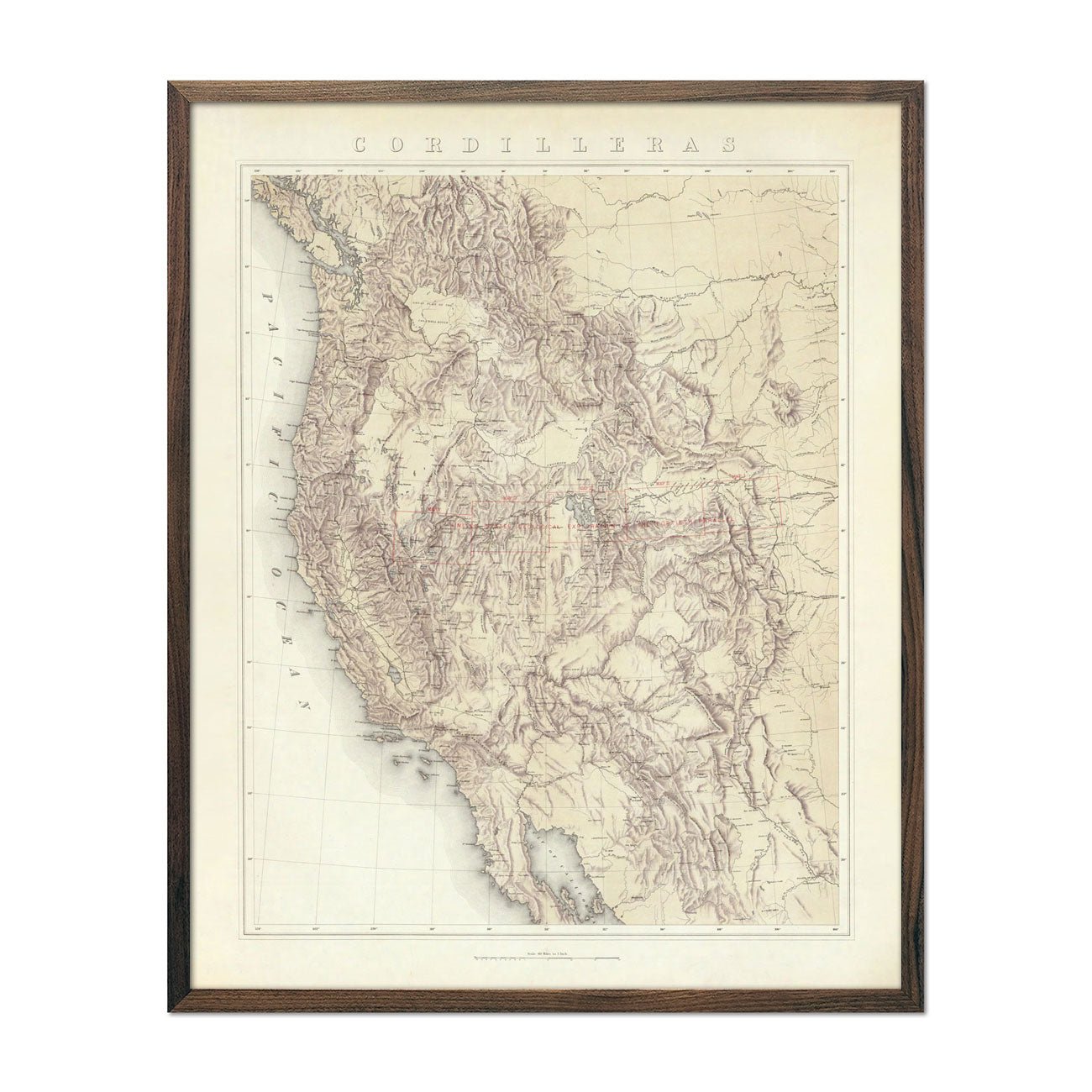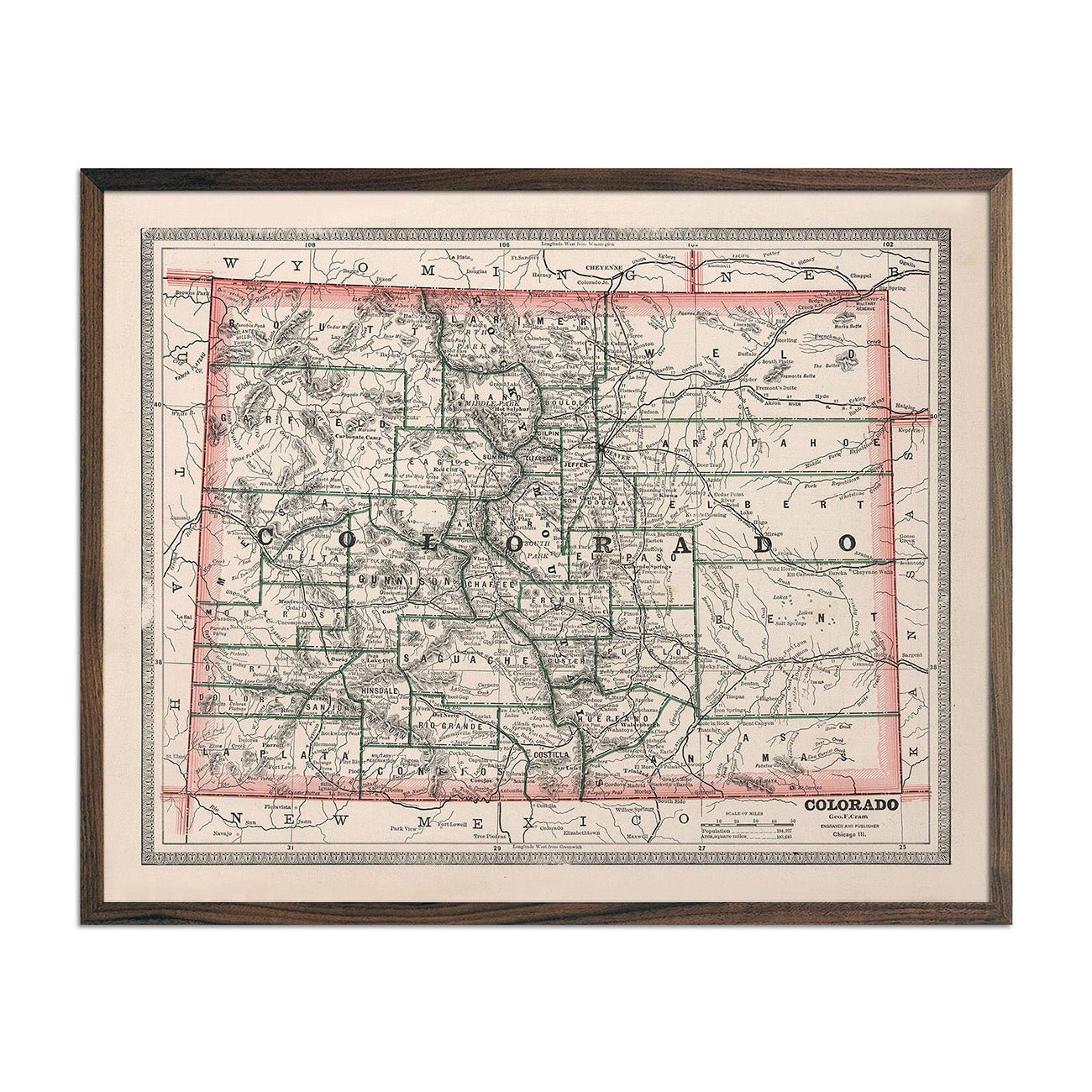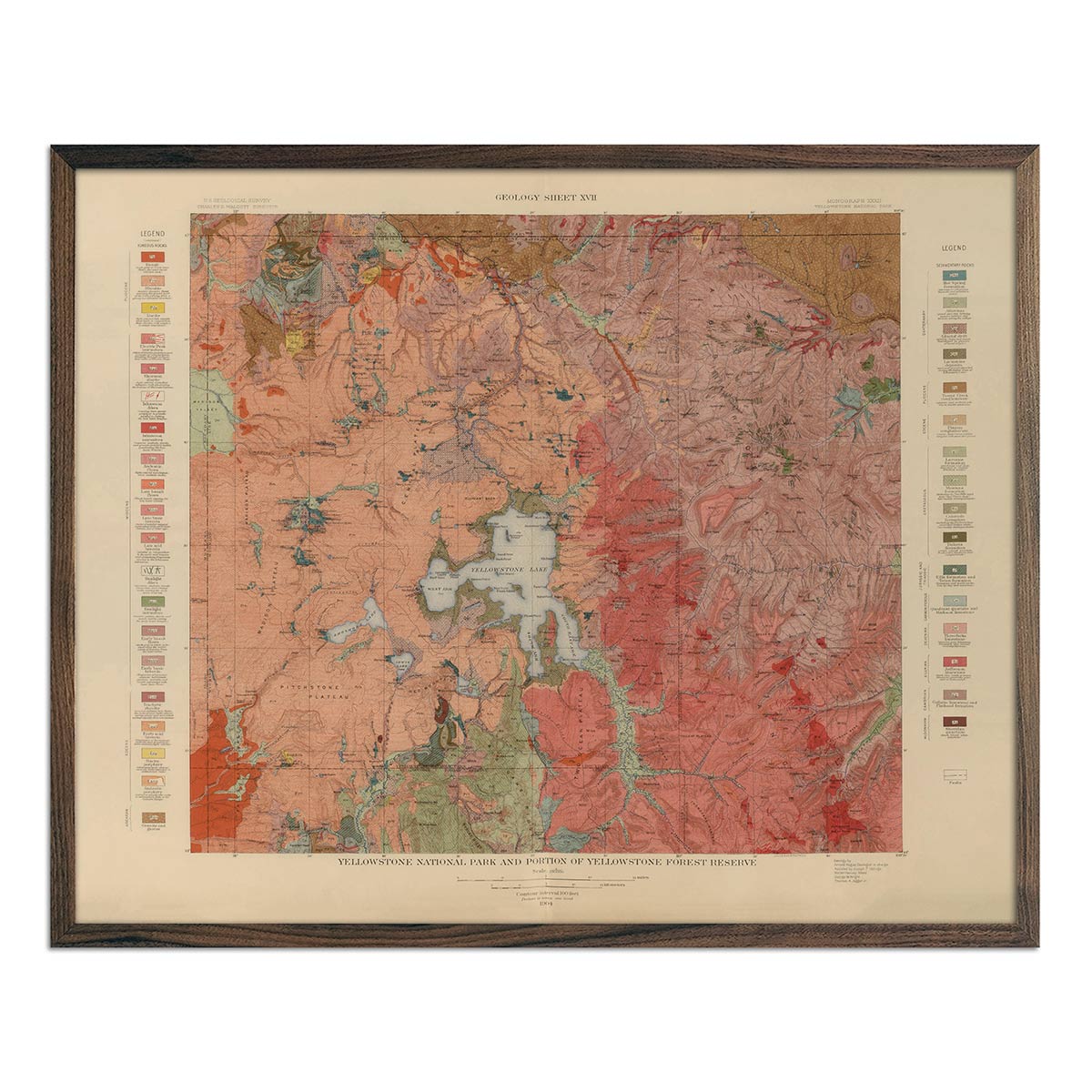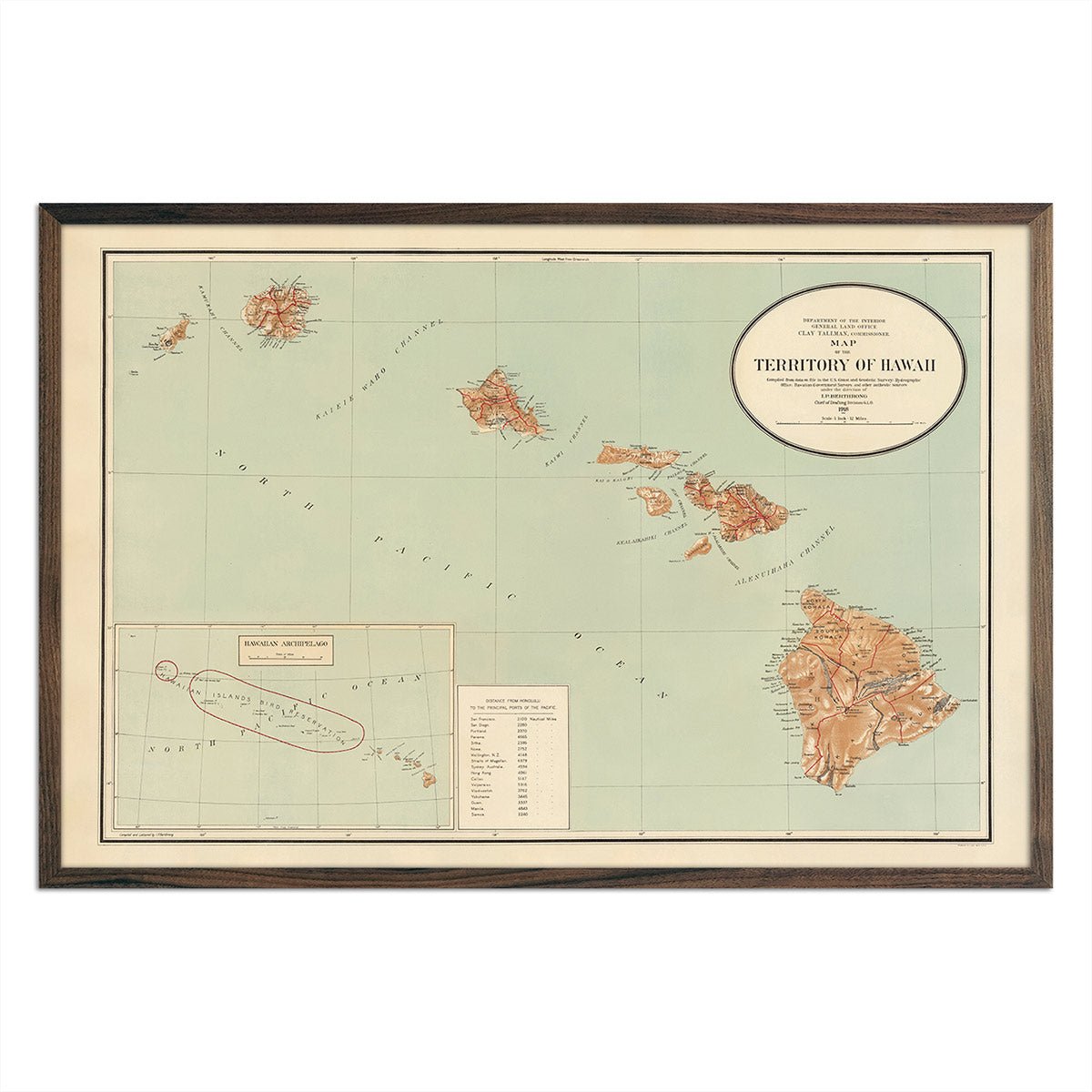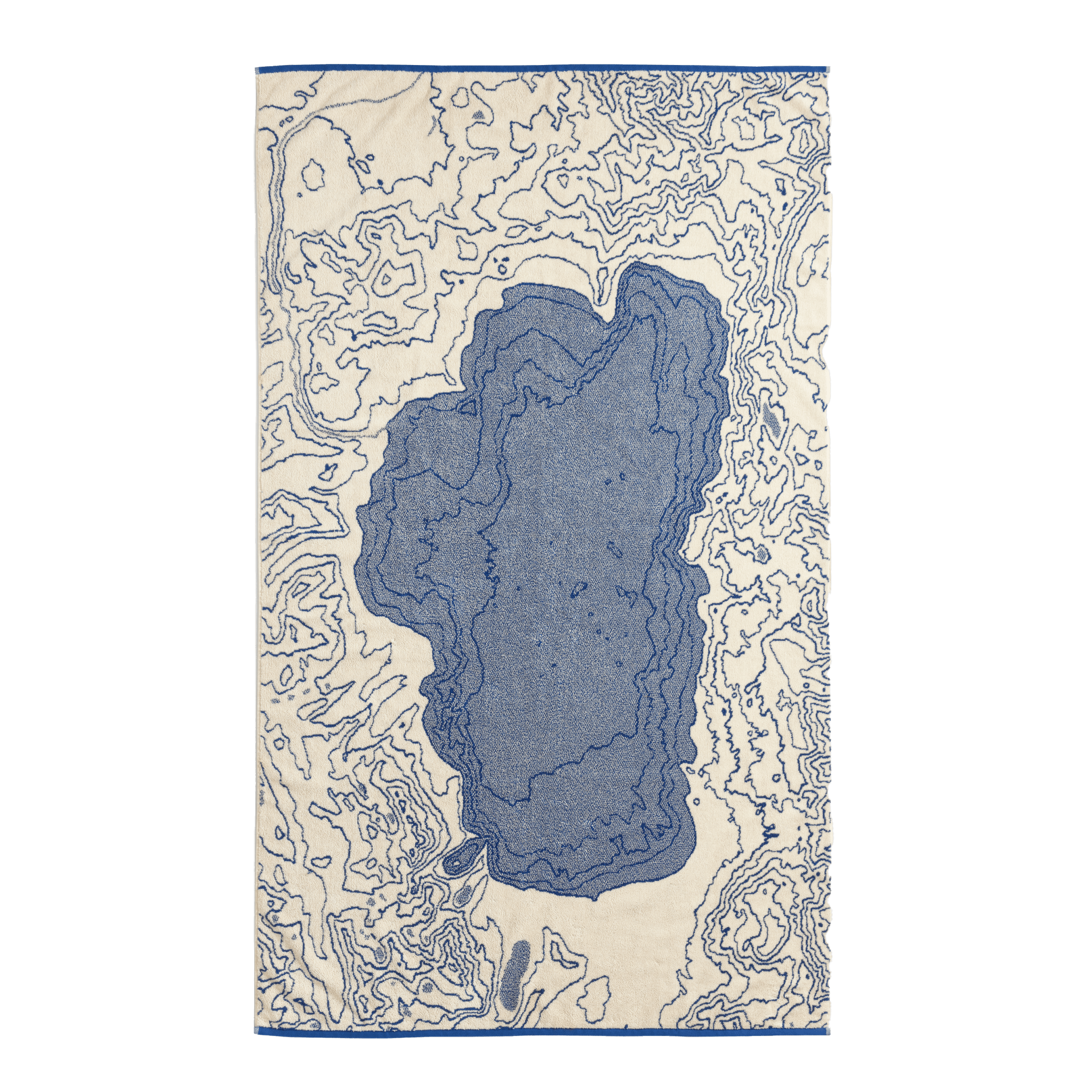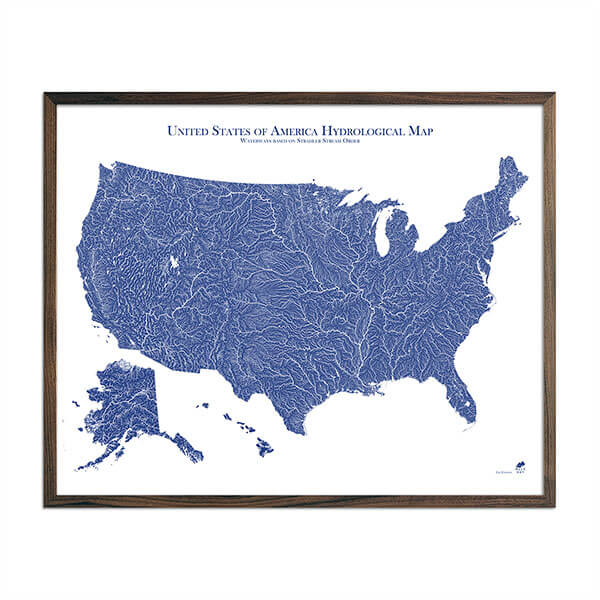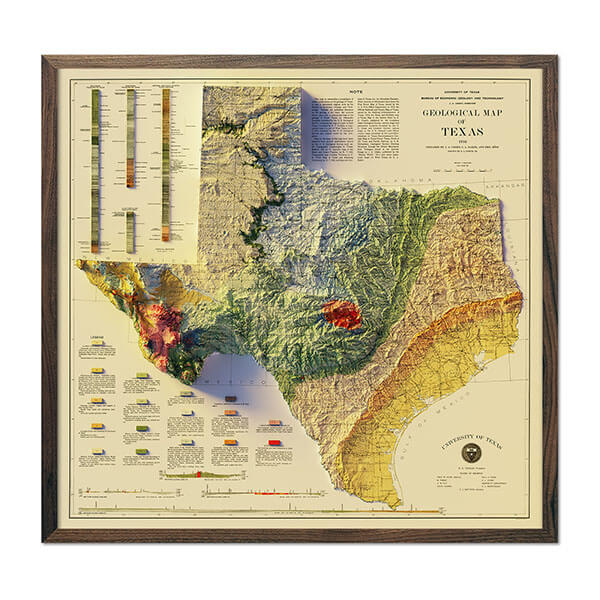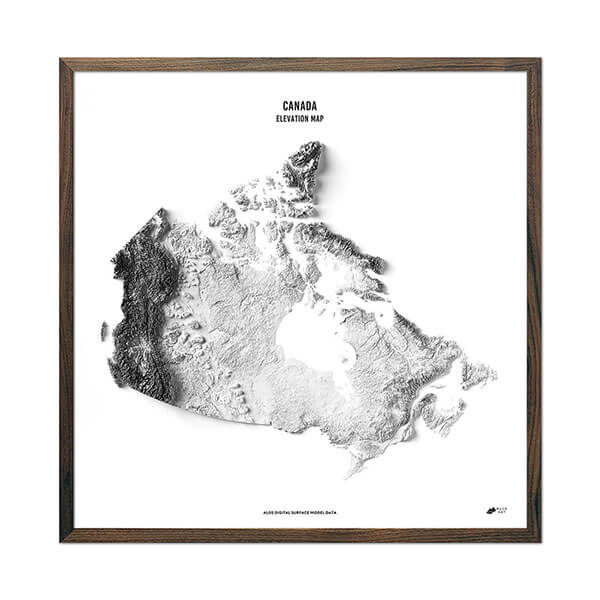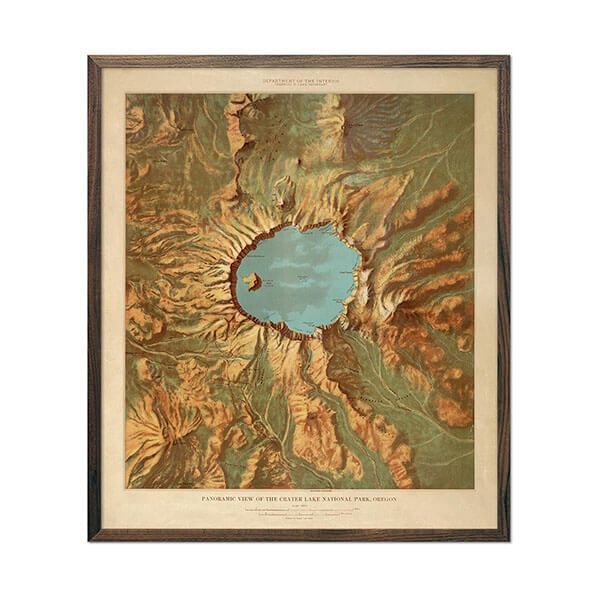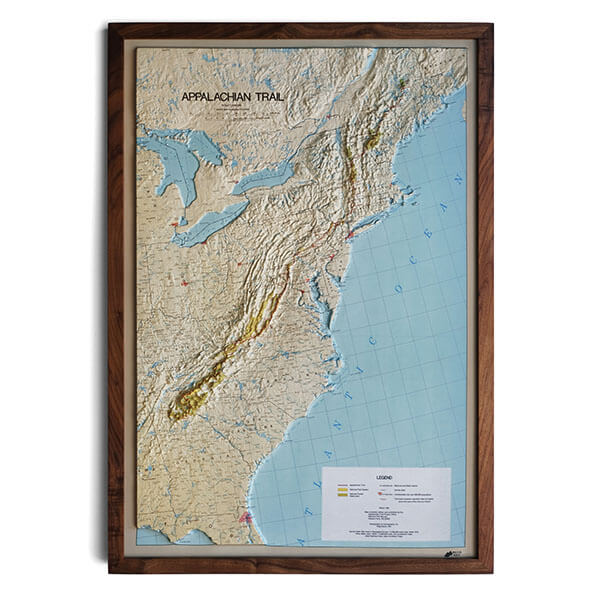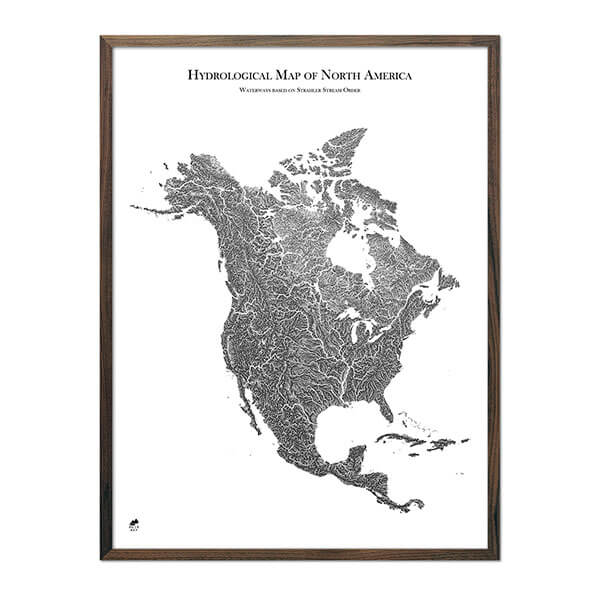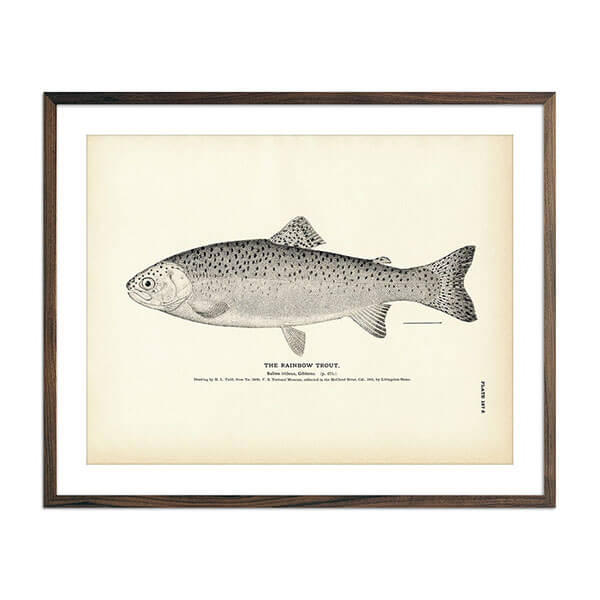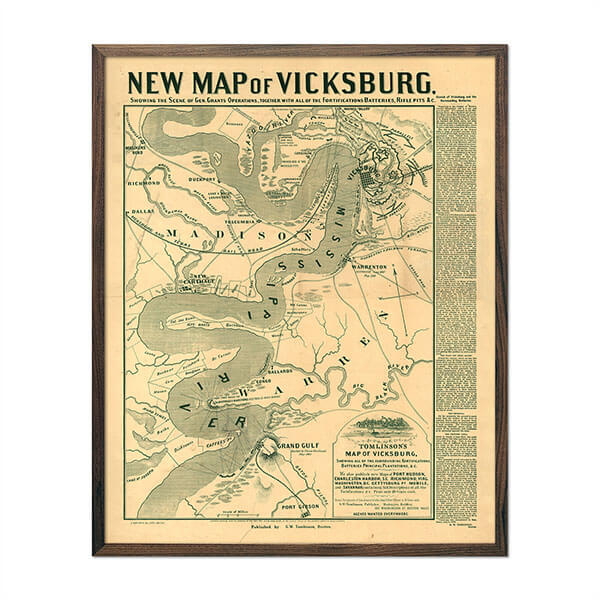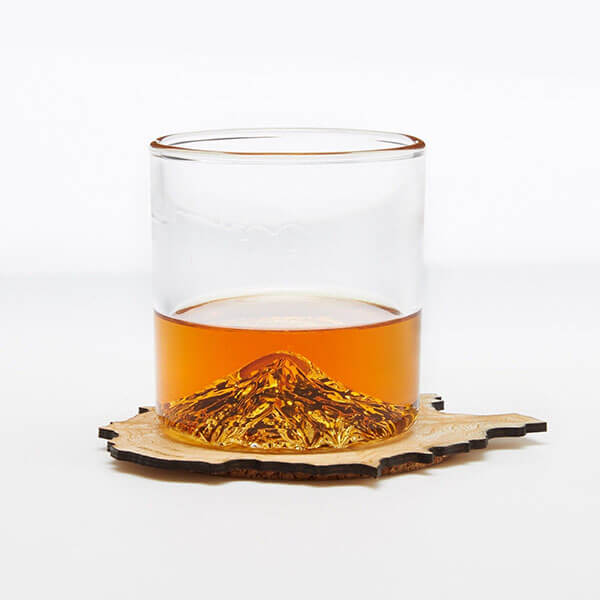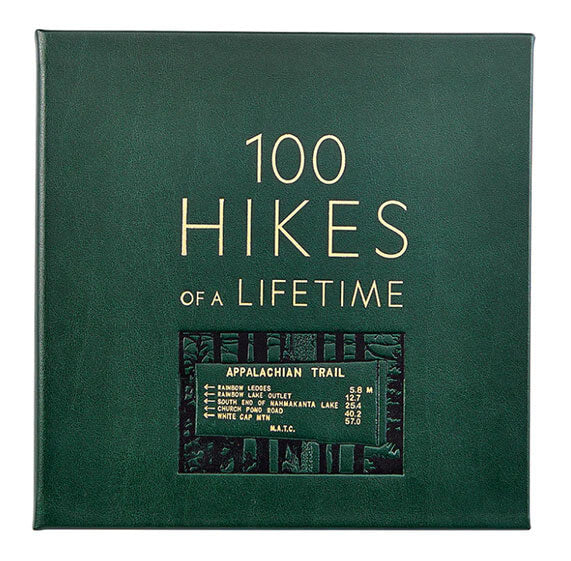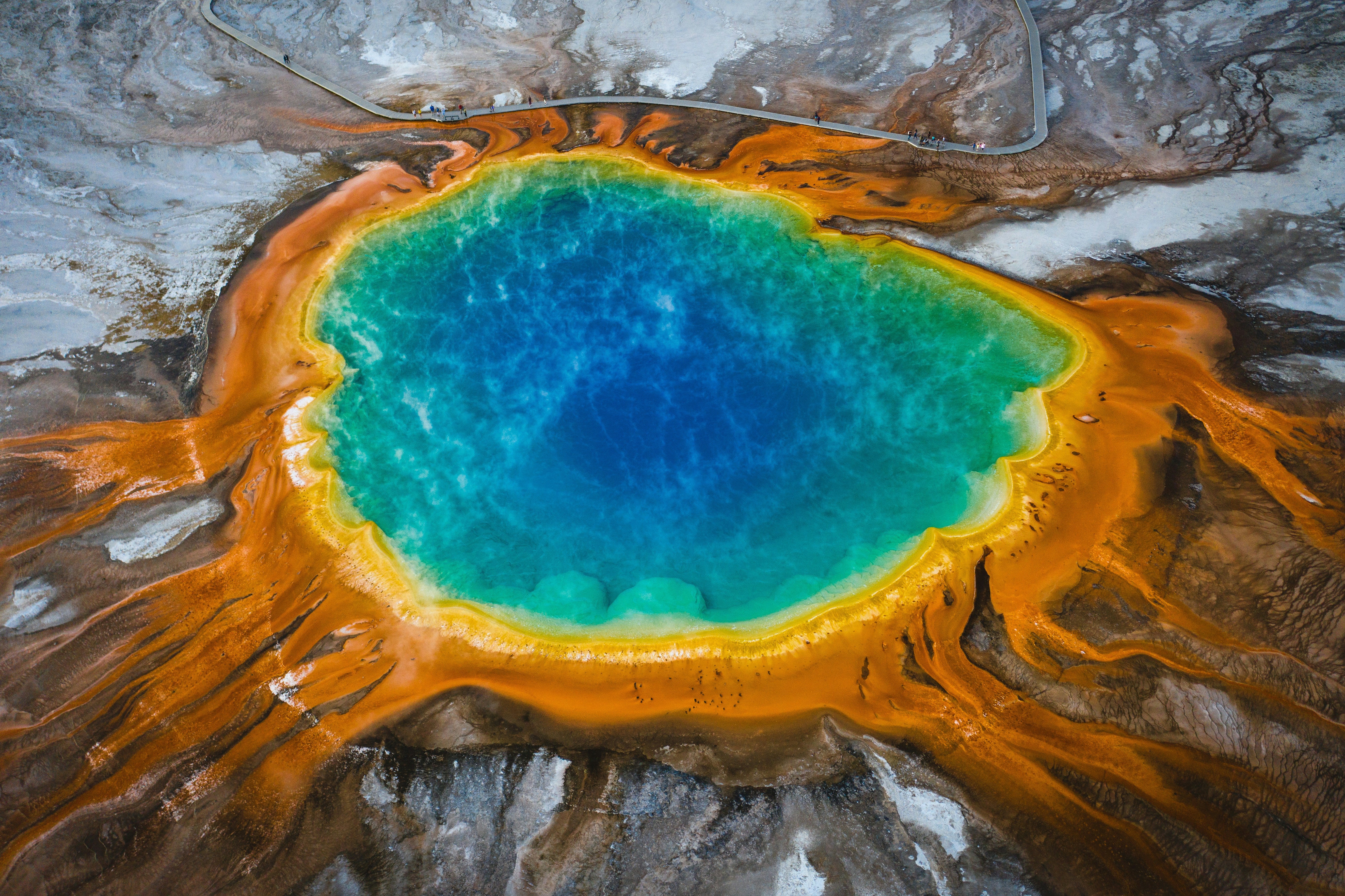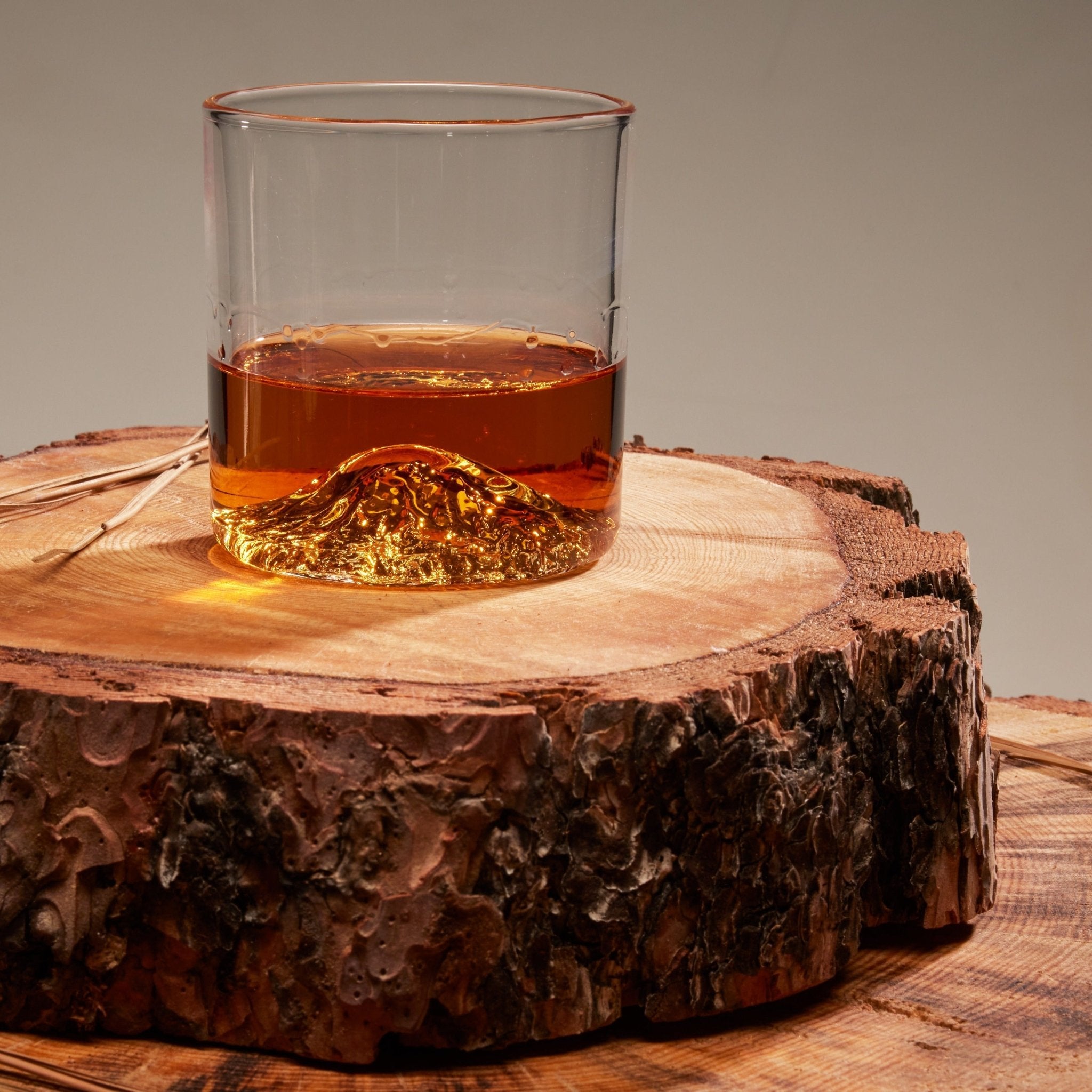If you have ever been fortunate enough to visit Yellowstone, then you're likely already familiar with its spectacularly diverse geology. You only need to take one look at the landscape to realize just how special the National Park truly is!
But what exactly is the history of the park? How did it become what it is today?
In this brief guide, we'll walk you through how Yellowstone came to be, and what kinds of features you can expect to see on a trip to this geological wonder.
The Geological Significance Of Yellowstone
Yellowstone National Park is an incredible natural geologic hub that has attracted both scientists and nature lovers for years. What sets it apart is that it's incredibly dynamic thanks to its shallow underground magma source. In fact, it's this very magma chamber that fuels frequent volcanic activity.
This consistent geologic activity has sculpted Yellowstone's landscape, creating a diverse mix of mountains, canyons, and plateaus.
Additionally, Yellowstone is home to over 10,000 hydrothermal features. This includes more than 500 geysers, where hot water and steam burst from the ground.
If you're a history buff, there are also plenty of petrified trees that are still a part of Yellowstone's topography. These trees are reminders of the volcanic eruptions that happened millions of years ago.
The History Of Yellowstone Geology
Much like other U.S. national parks, the landscape of the Greater Yellowstone ecosystem has been millions of years in the making (starting around 150 million years ago, to be exact!).
Geologic processes
It goes without saying that plenty of geological processes have left their mark during the landscape's formation. The entire region has been subject to compression, glacial activity, erosion, and volcanic eruptions.
These specific processes are responsible for shaping the mountains, canyons, and plateaus that make up this natural wonder.
Timeline of volcanic cycles
Yellowstone's volcanic history consists of distinct cycles that occurred over several millennia. Some of the most notable eruptions that have shaped Yellowstone include those associated with Huckleberry Ridge, Mesa Falls, and the Lava Creek Tuffs.
In fact, these eruptions have left immense calderas and thick molten rock behind, contributing to the formation of Yellowstone National Park as we know it today!
Huckleberry Ridge Tuff
Around 2.1 million years ago, the entire Yellowstone region experienced a cataclysmic eruption. This eventually gave rise to the Huckleberry Ridge Tuff.
It was also this eruption that created a huge caldera (also known as the Yellowstone caldera) that spans approximately 46.6 miles (or 75 kilometers) wide. It also deposited incredibly thick layers of volcanic material across the area.
Mesa Falls Tuff
After the Huckleberry Ridge eruption, there was another pretty significant event that took place around 1.3 million years ago. It was this eruption that formed the Mesa Falls Tuff. And, while it was on a much smaller scale than Huckleberry Ridge, the eruption left its mark, adding to the park's geological diversity.
Lava Creek Tuff
Around 640,000 years ago, Yellowstone National Park saw one of its major eruptions, which resulted in the Lava Creek Tuff. This specific eruption caused lava flows that formed a massive caldera around 28 x 53 miles (45 x 85 kilometers) in size.
Like the Huckleberry Ridge Tuff, the pyroclastic flows from this eruption also left thick volcanic deposits that cover a huge part of the area.
Recent activity
Yellowstone's geological story doesn't end there! This park still shows signs of ongoing activity. More recent hydrothermal explosions and earthquakes in the area serve as powerful reminders that this rich landscape is ever-changing.
Yellowstone's Unique Geological Features

If you look at a map of Yellowstone National Park, you'll see it has a huge range of geological features that set it apart as a natural wonder. Right at the heart of its geological treasures is a hydrothermal system, consisting of a network of hot springs, geysers, mud pots, and steam vents that are an absolute marvel to look at!
Did you know that the system is also one of the most significant ones on Earth? That's right! This is because it represents some of the most extensive and undisturbed examples of a hydrothermal network across the globe.
The system is fueled by the heat from the underlying magma chamber, providing a fascinating "glimpse" into the ongoing dynamic processes beneath the Earth's crust.
Thermal features
Over time, there has been plenty of hydrothermal activity around and within Yellowstone Lake and within Yellowstone Park and forest preserve in general. This has led to many interesting features popping up throughout the region.
Among some of the most iconic thermal features in Yellowstone are geysers, such as the well-known Old Faithful, which periodically erupts with scalding hot water and steam. These geysers and their activity are a result of the underground water being heated by magma. In turn, it creates pressure that eventually forces the water and steam to explode from the ground.
Another super prominent feature here is the range of hot springs, which dot the landscape with their mineral-rich and often very colorful pools of water. Some, like those at the Mammoth Hot Springs, actually form terraces of travertine. This is a type of limestone that is deposited by flowing water, creating stunning natural formations.
Other features
In a unique twist, Yellowstone also has mud pots that add a lot of personality to its geothermal features. If you're unfamiliar with them, these pots are bubbling pools of muddy water and acidic gases.
These mud pots are a result of the interaction between underground water, hot rocks, and volcanic gases.
Additionally, Yellowstone has plenty of steam vents or fumaroles that release steam and dissolved gas directly into the air. They can actually create a pretty eerie atmosphere of hissing vents and billowing clouds!
Finally, Yellowstone is home to plenty of petrified trees that have been preserved by volcanic ash and mineral deposits.
FAQs
Are there any active volcanoes in Yellowstone?
Yes! Yellowstone is home to an active volcano. While there are no volcanoes that are currently erupting within the park, Yellowstone sits on top of a hotbed of geothermal and volcanic activity.
Luckily, the Yellowstone Volcano Observatory monitors these activities closely to assess any potential volcanic hazards and ensure the safety of park visitors.
How old is Yellowstone National Park?
Yellowstone National Park was established on March 1, 1872. That means it's the world's first national park, with all of the other national parks following after. It celebrated its 150th anniversary in 2022.
If you're interested in the history of Yellowstone, then why not check out this Yellowstone 1878 Relief Map, Yellowstone National Park 1958 USGS Map, or the 1904 Map of Yellowstone? These incredibly detailed maps illustrate just how much change has taken place over the years. Plus, they can make a great addition to any history buff or cartography enthusiast's collection.
How many geysers are there in Yellowstone?
Yellowstone is renowned for its geysers, with more than 500 in the park! You can usually find most of these geysers in the Yellowstone Plateau, including the world's most famous: Old Faithful.
Final Thoughts
Yellowstone National Park is a testament to the incredible forces that have come together over time to shape our planet. From ancient volcanoes to bubbling hot springs, this park is like a living museum of Earth's incredible history.
And what better way to learn about the history of a natural wonder like Yellowstone than by familiarizing yourself with a map of the region? At Muir Way, we're serious about cartography - and we want to share that with you! So, be sure to check out our array of Yellowstone maps and posters to complete your collection!

